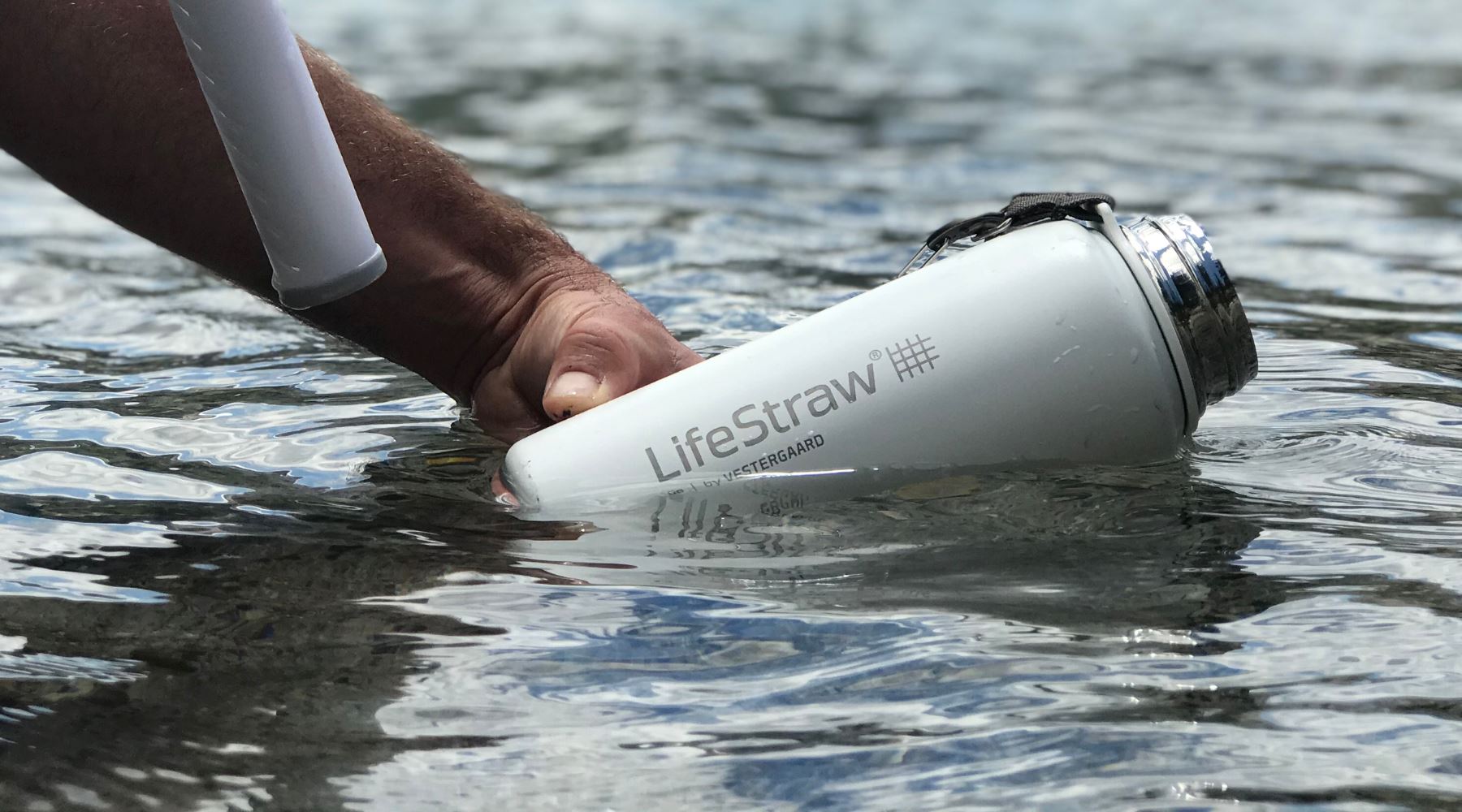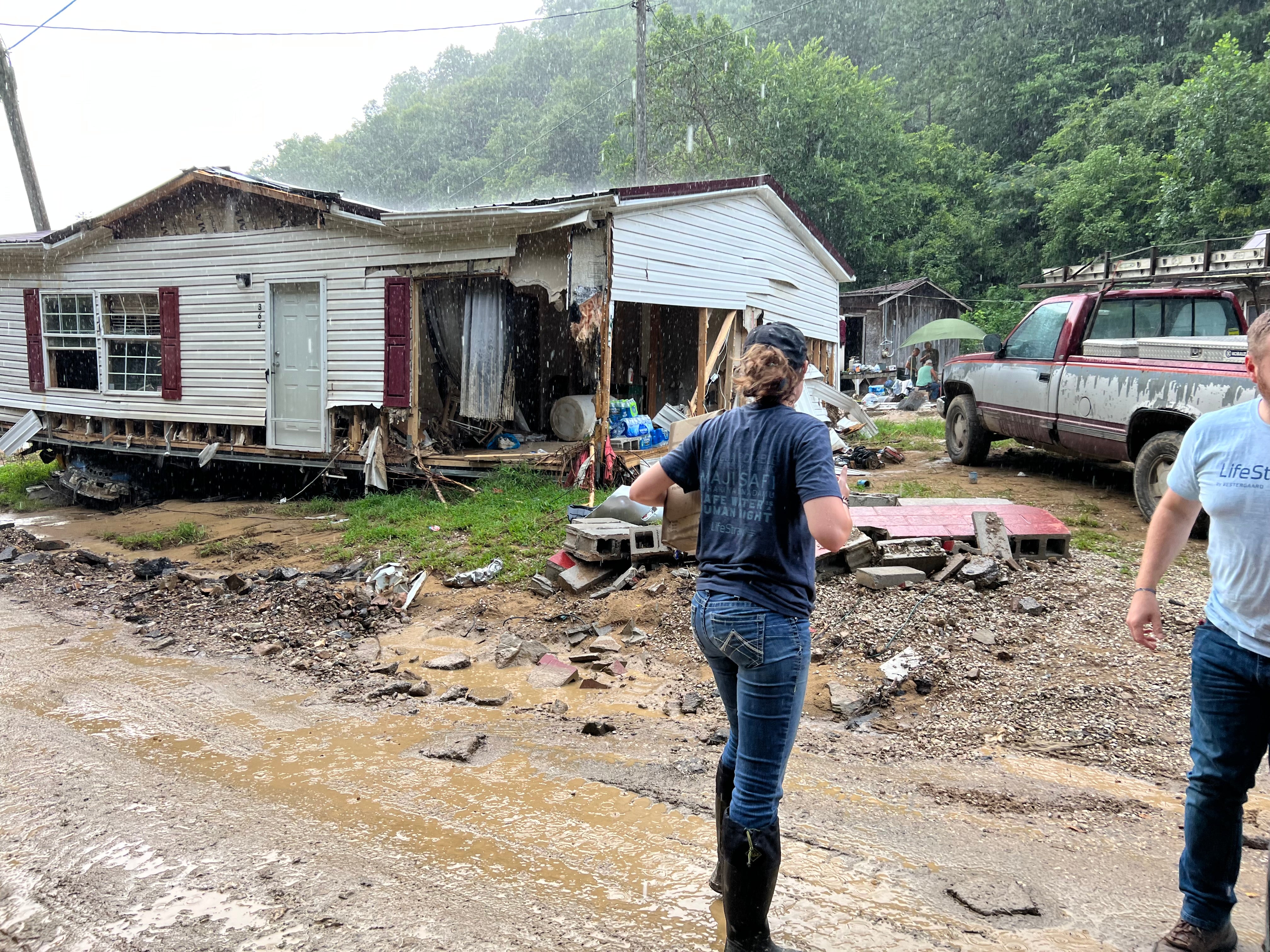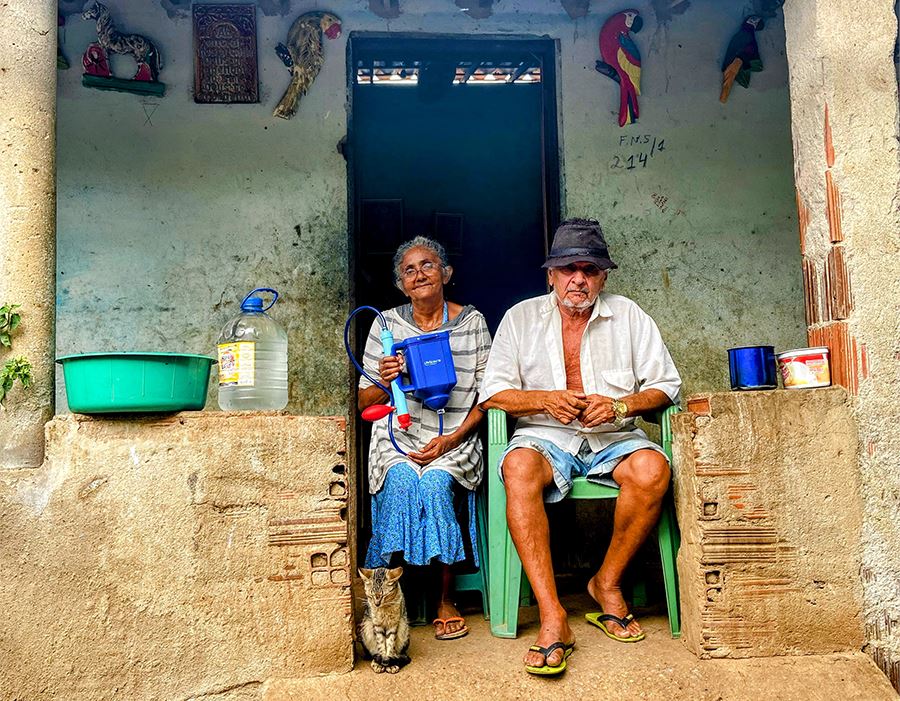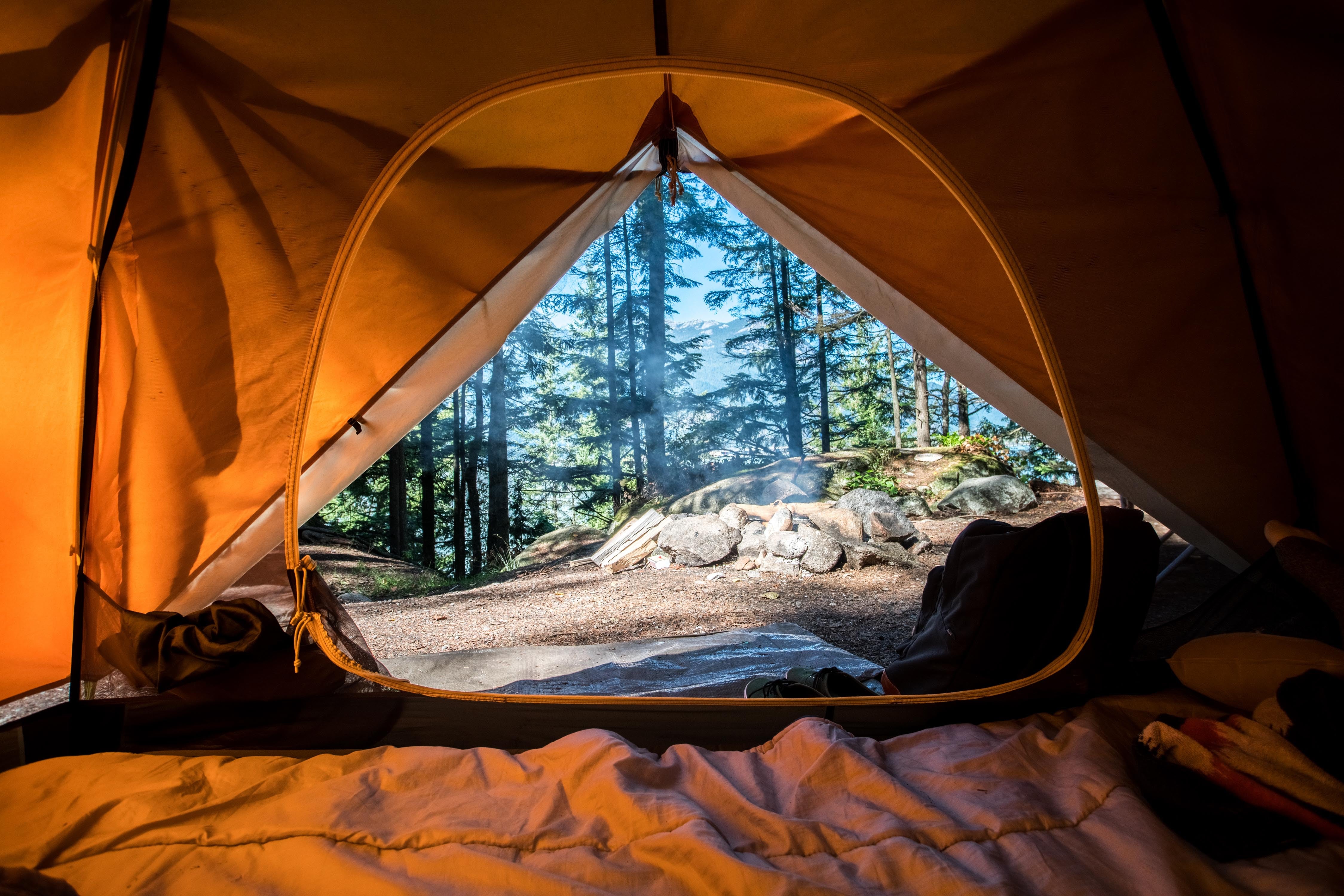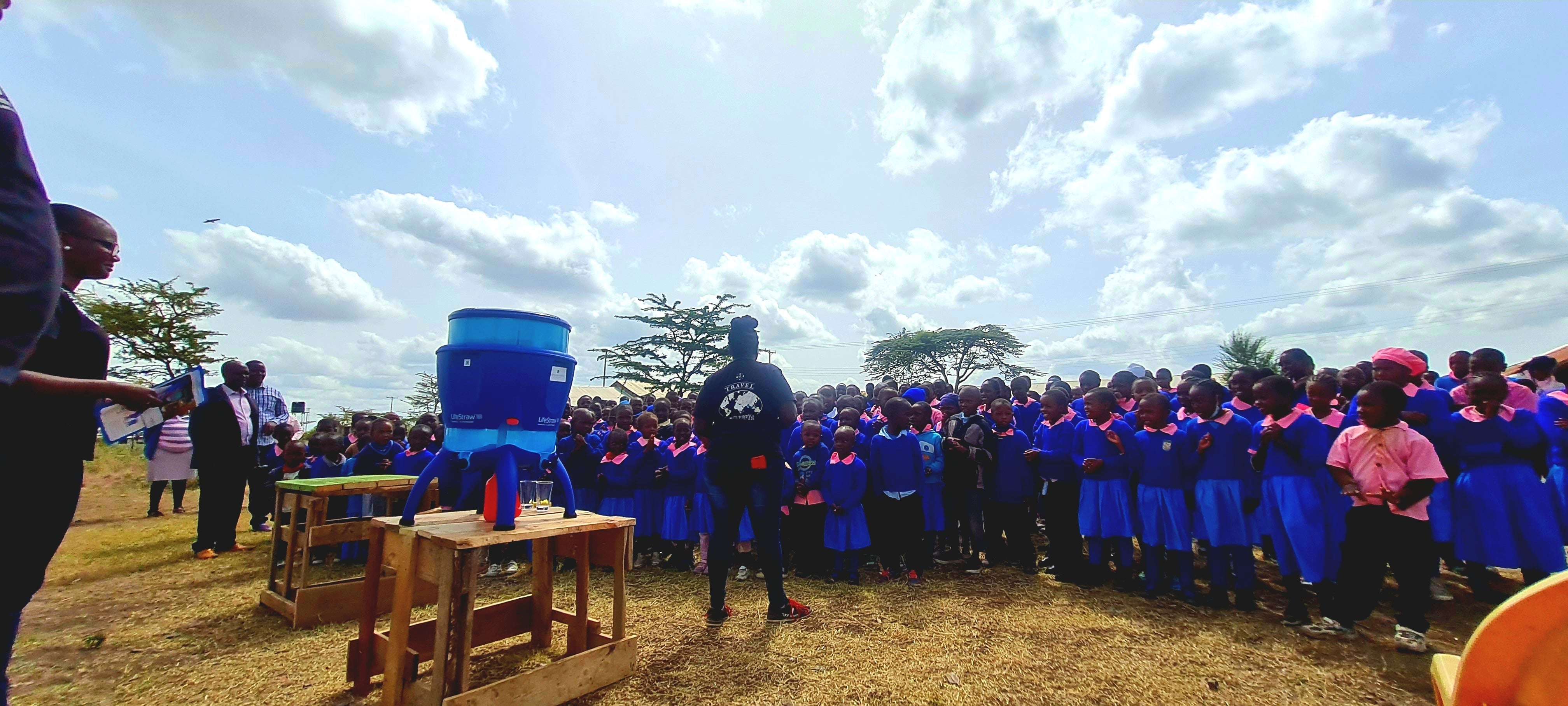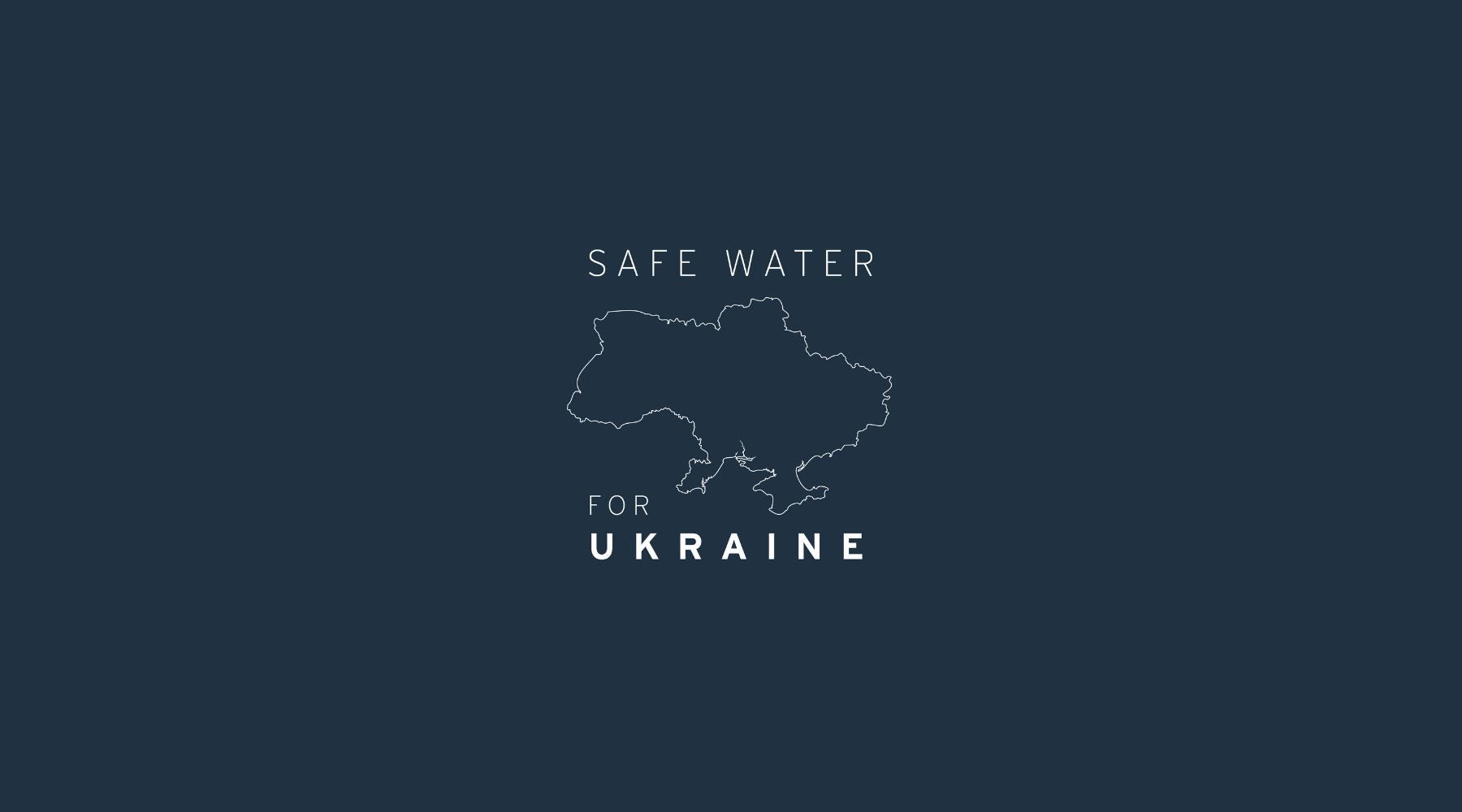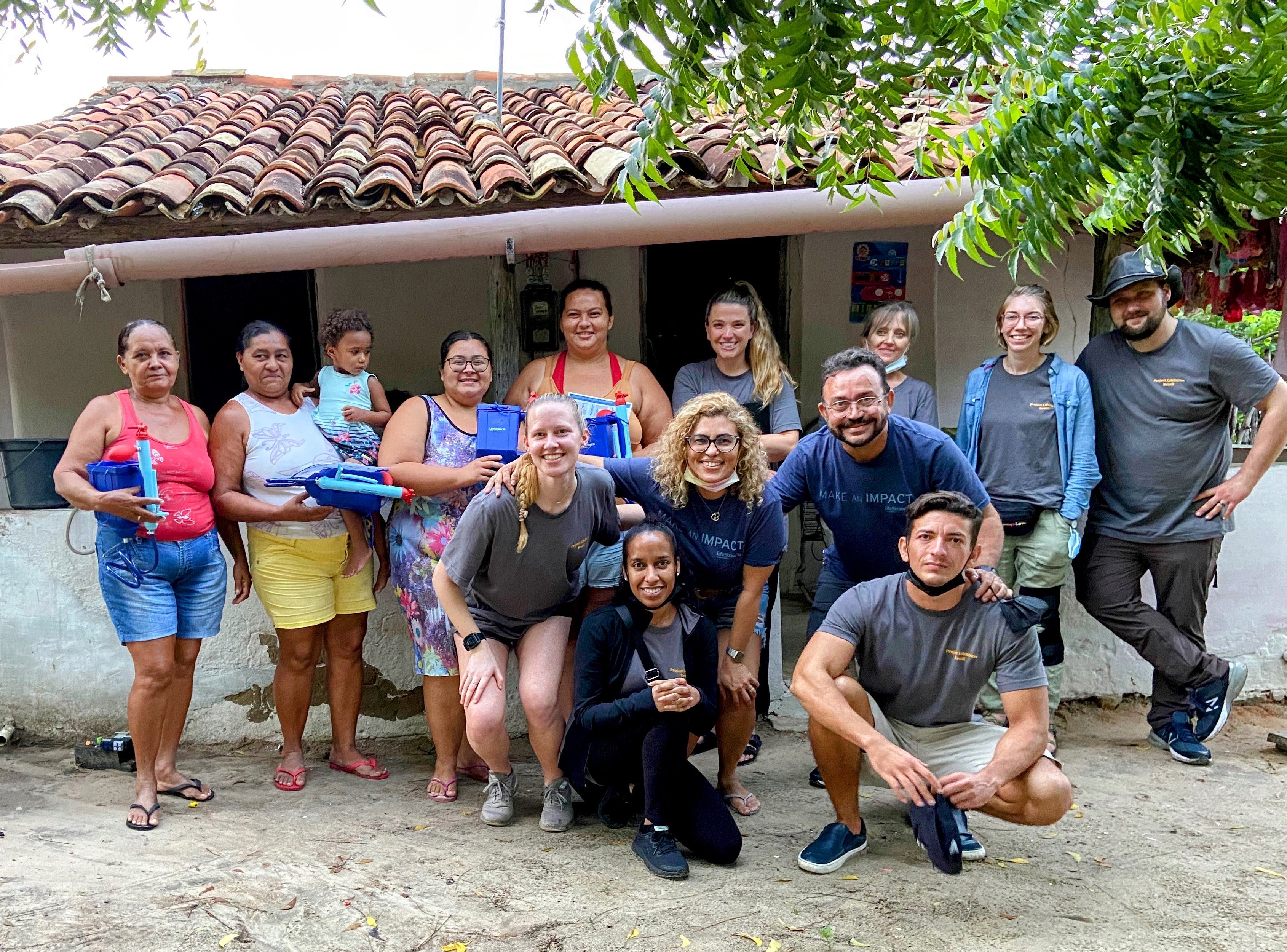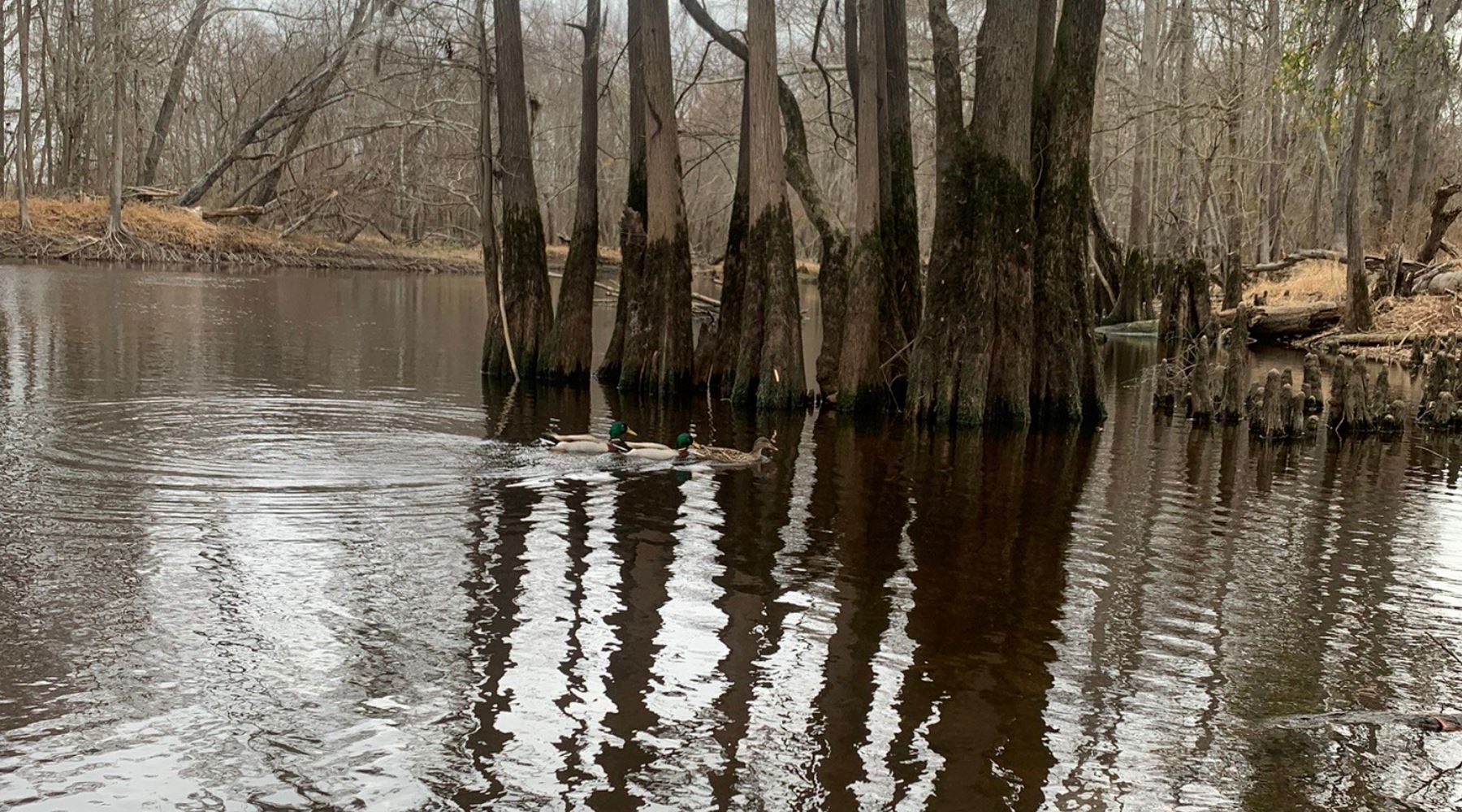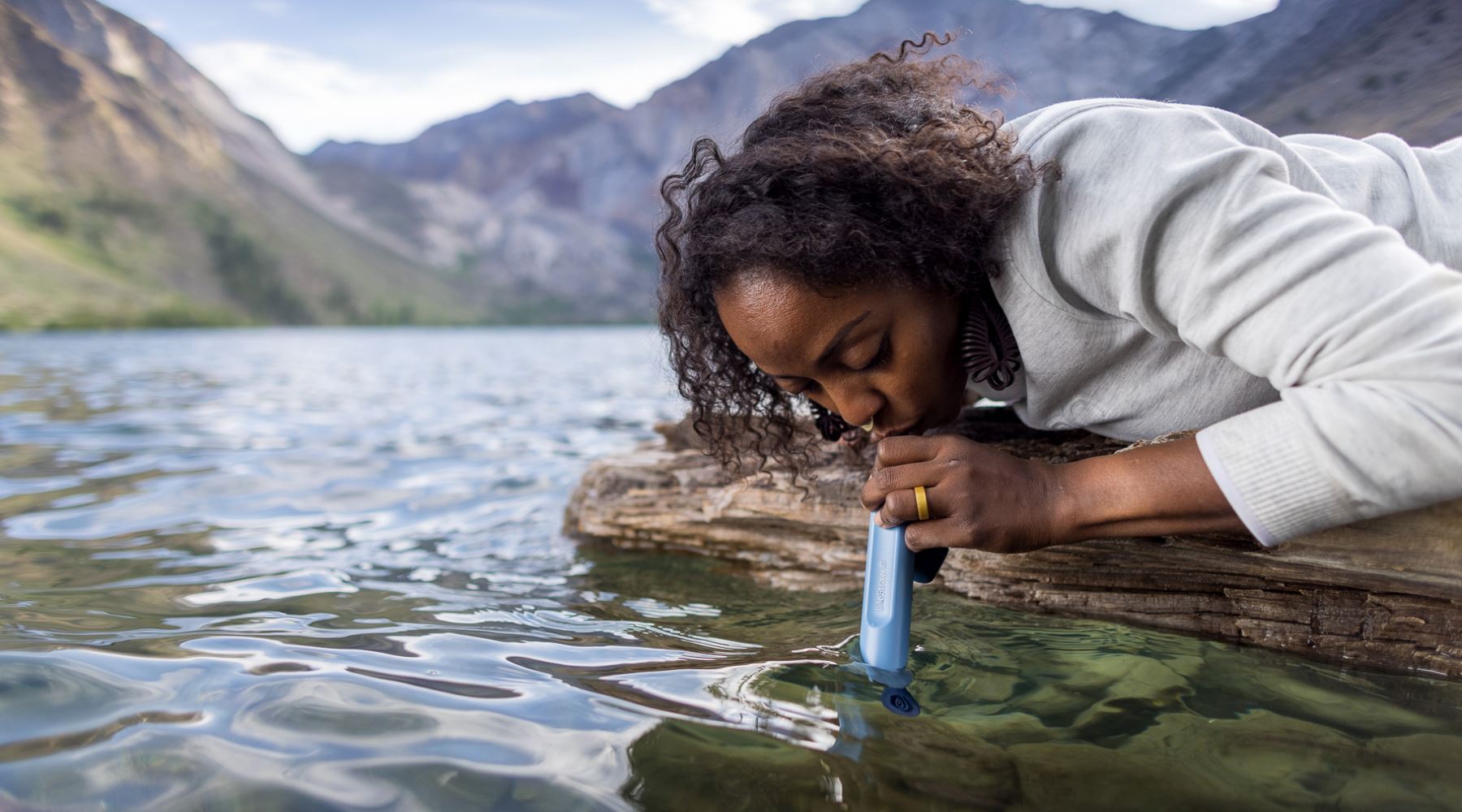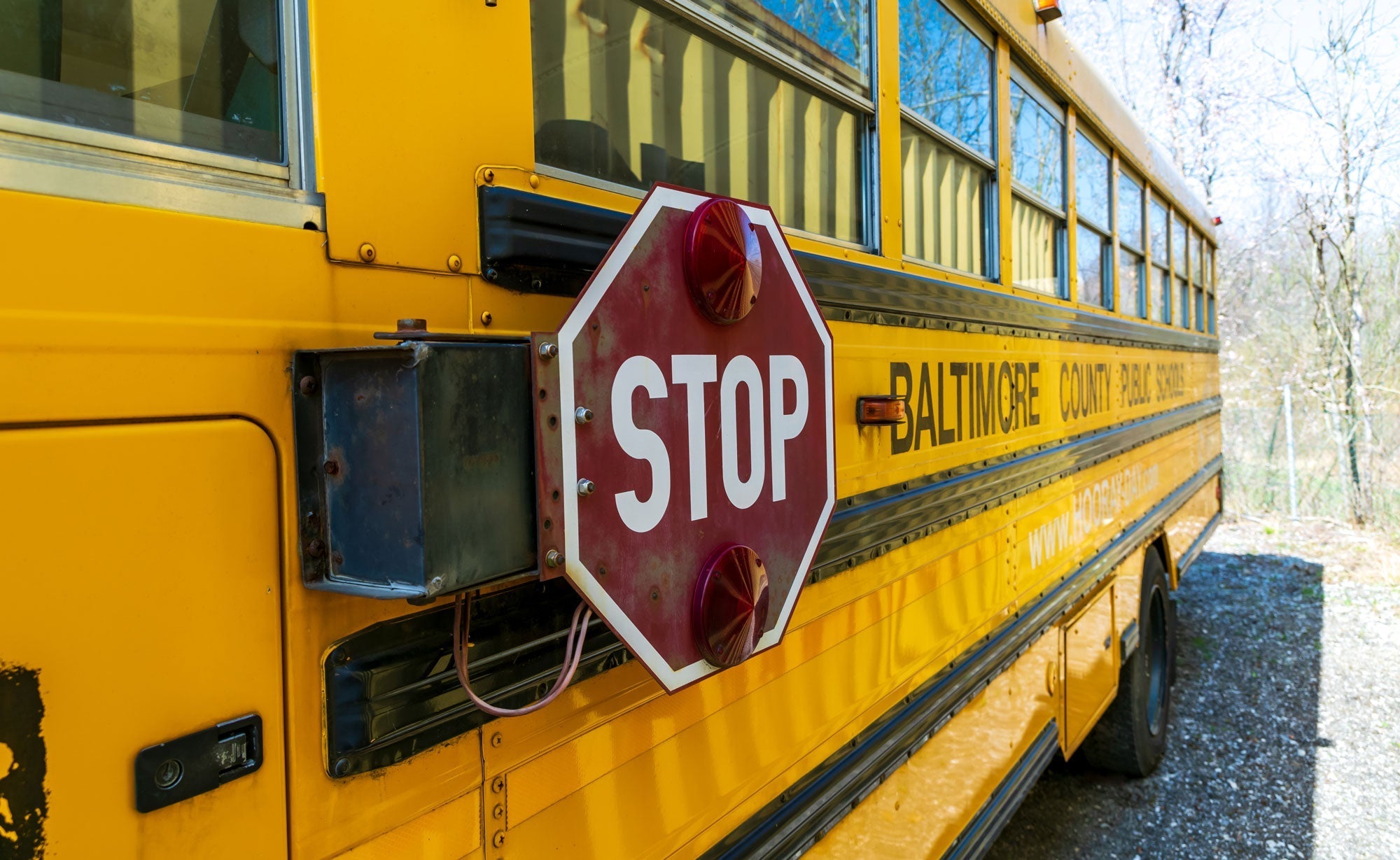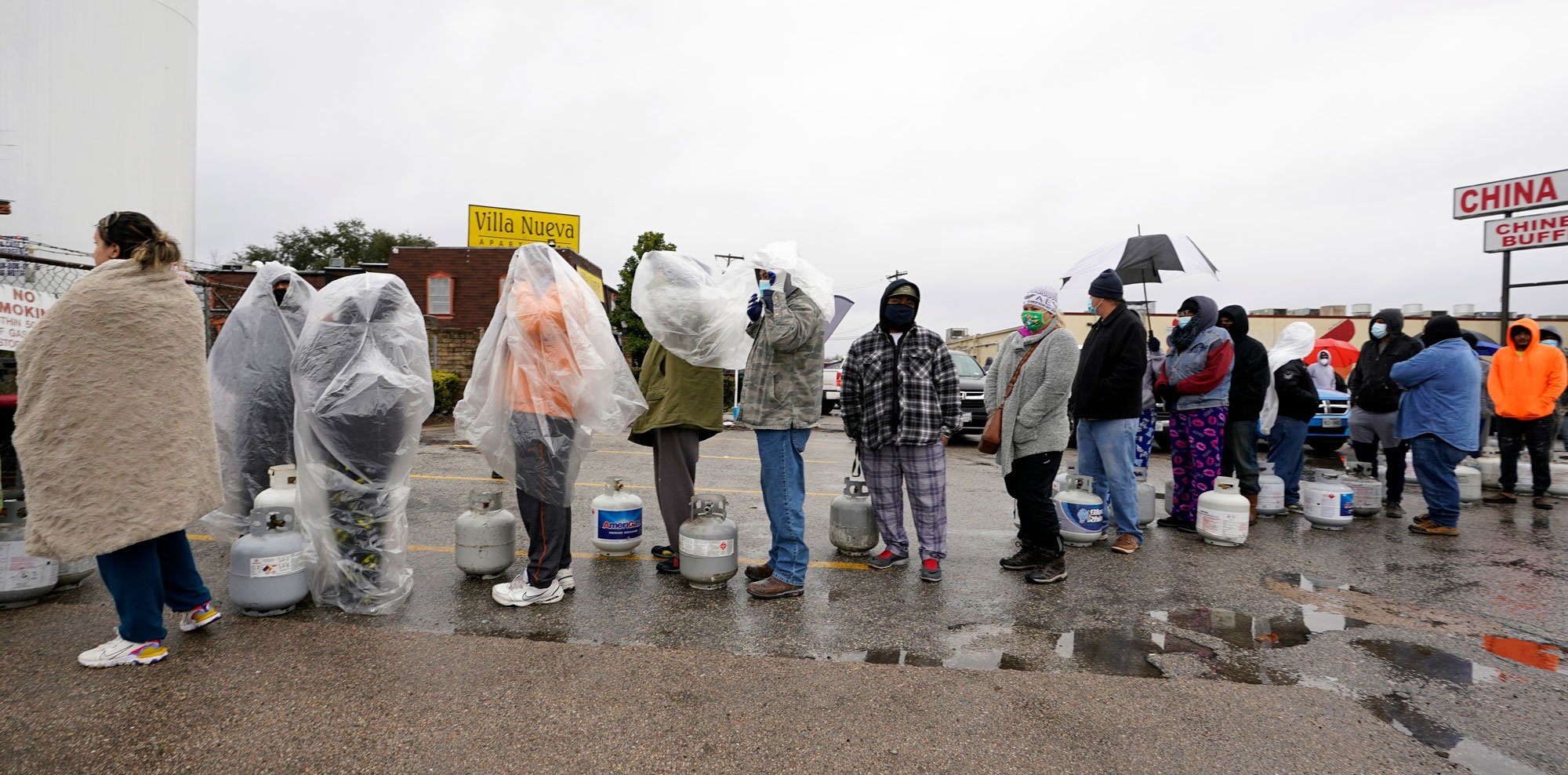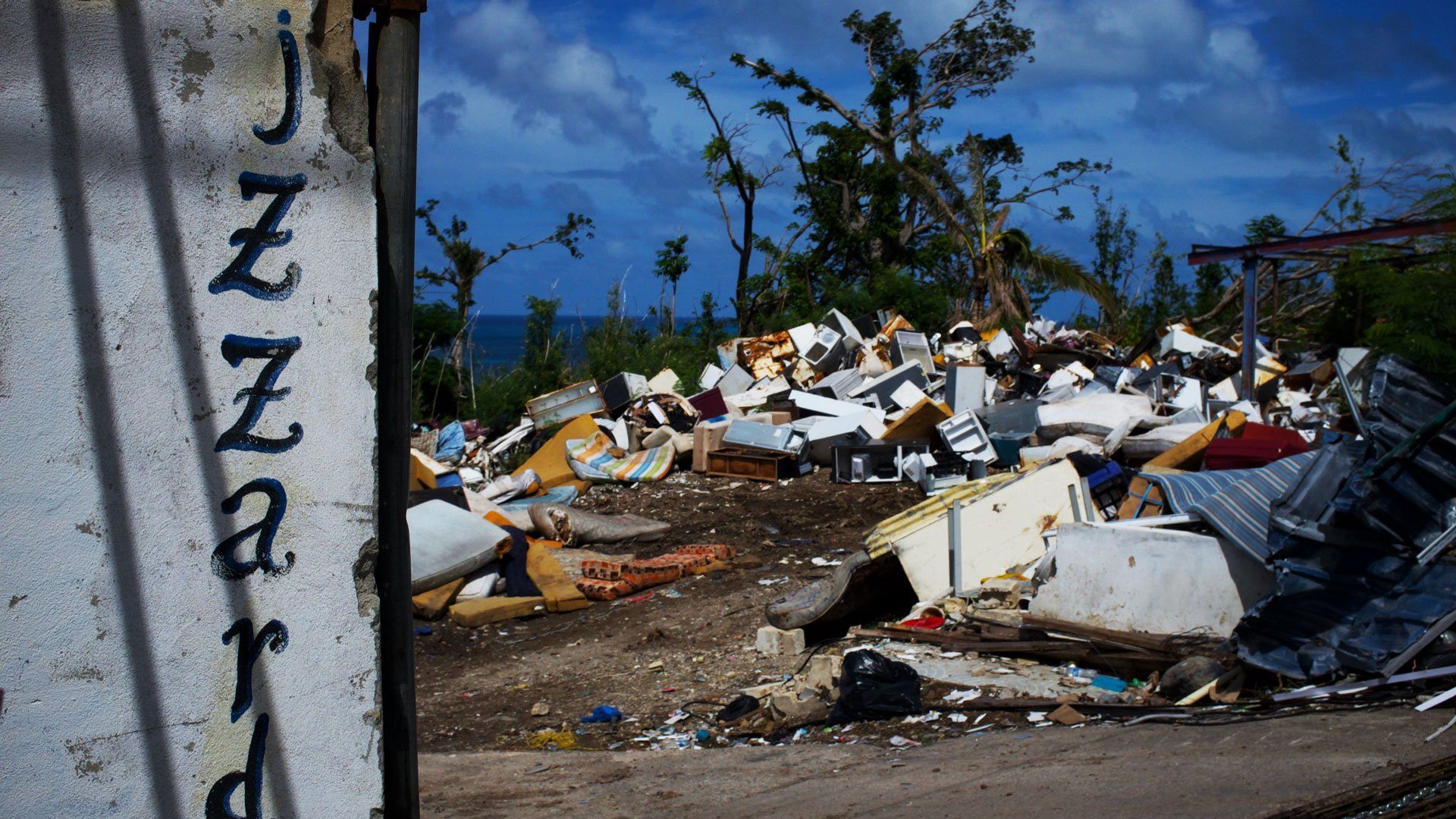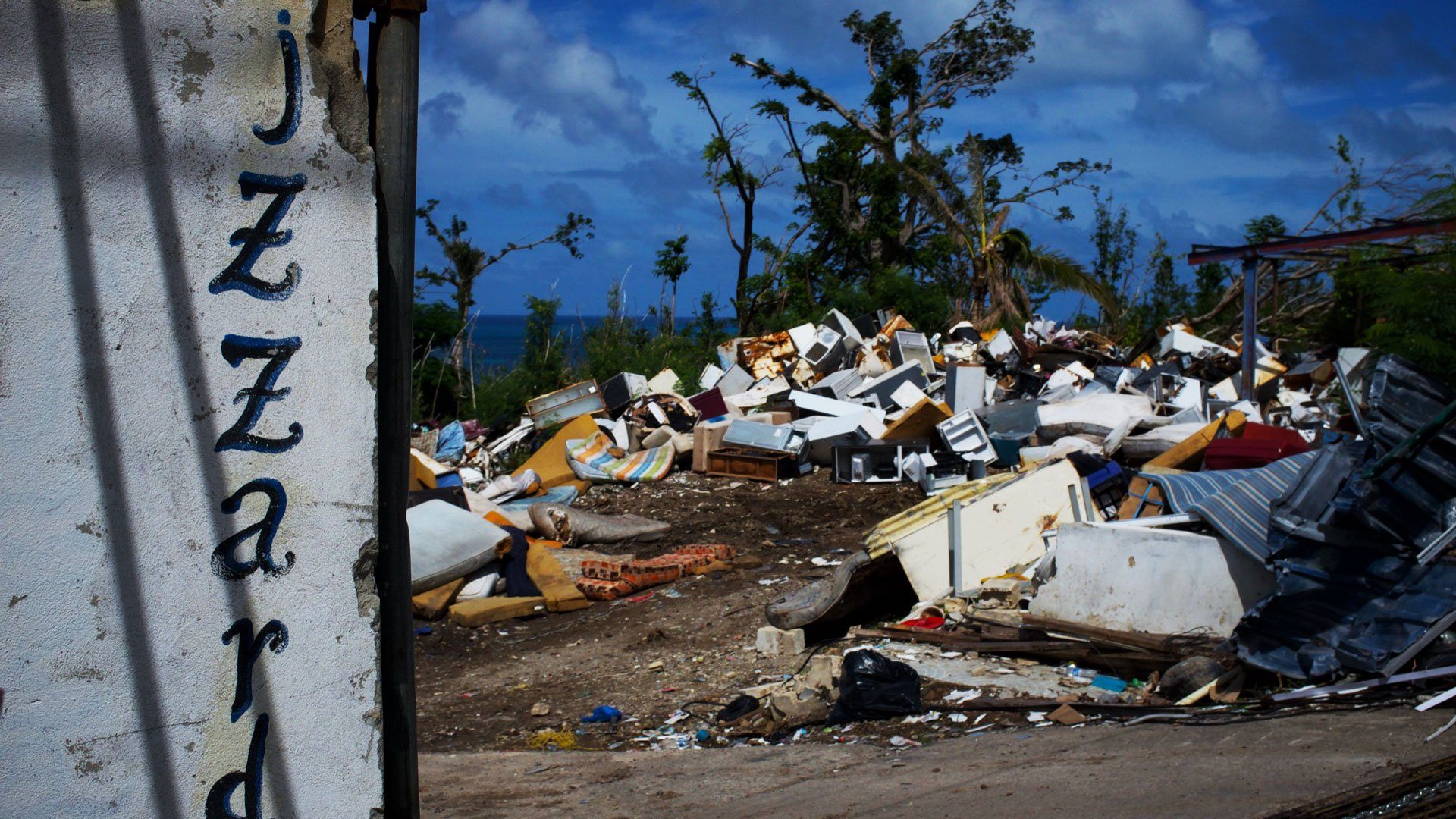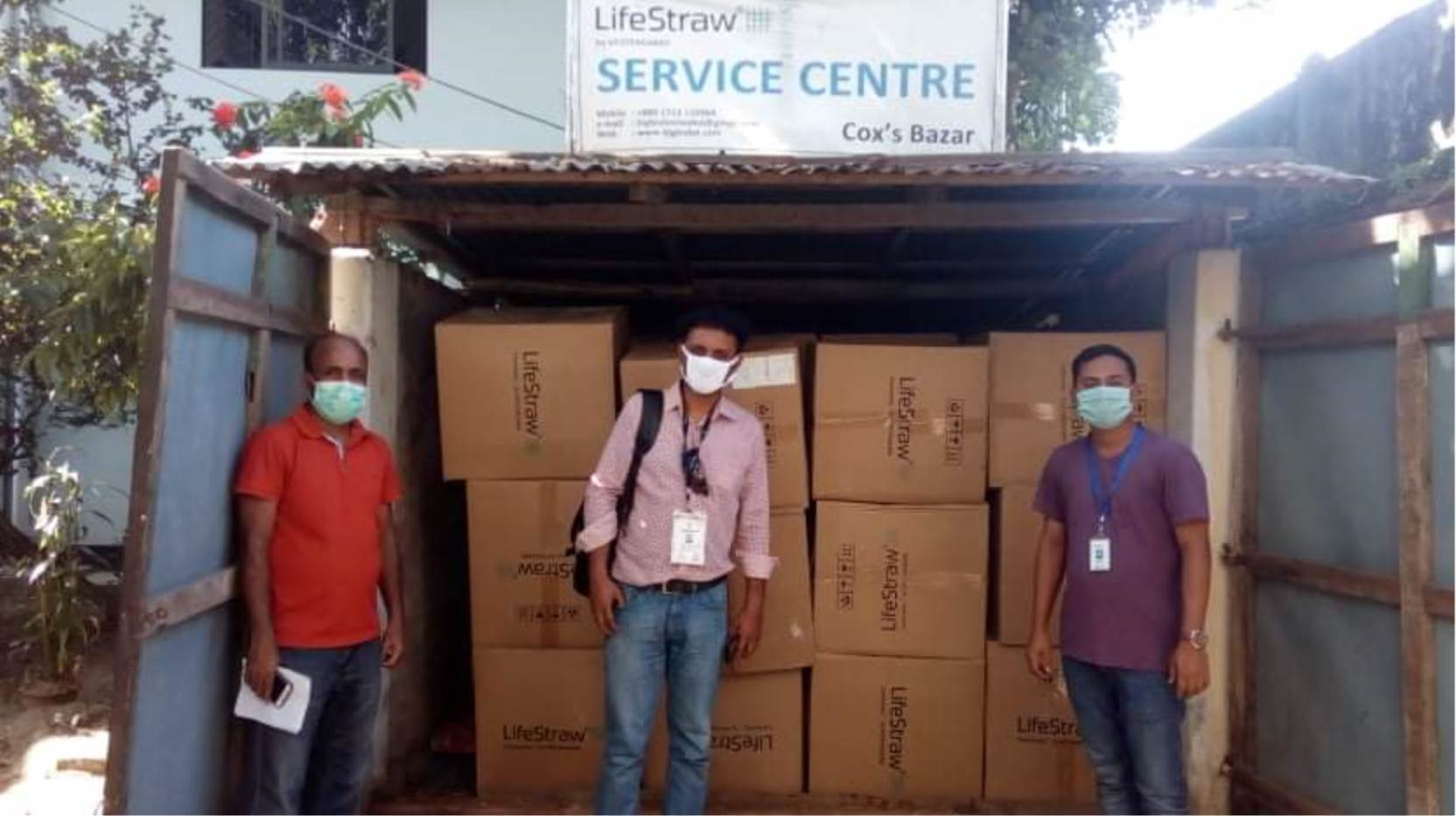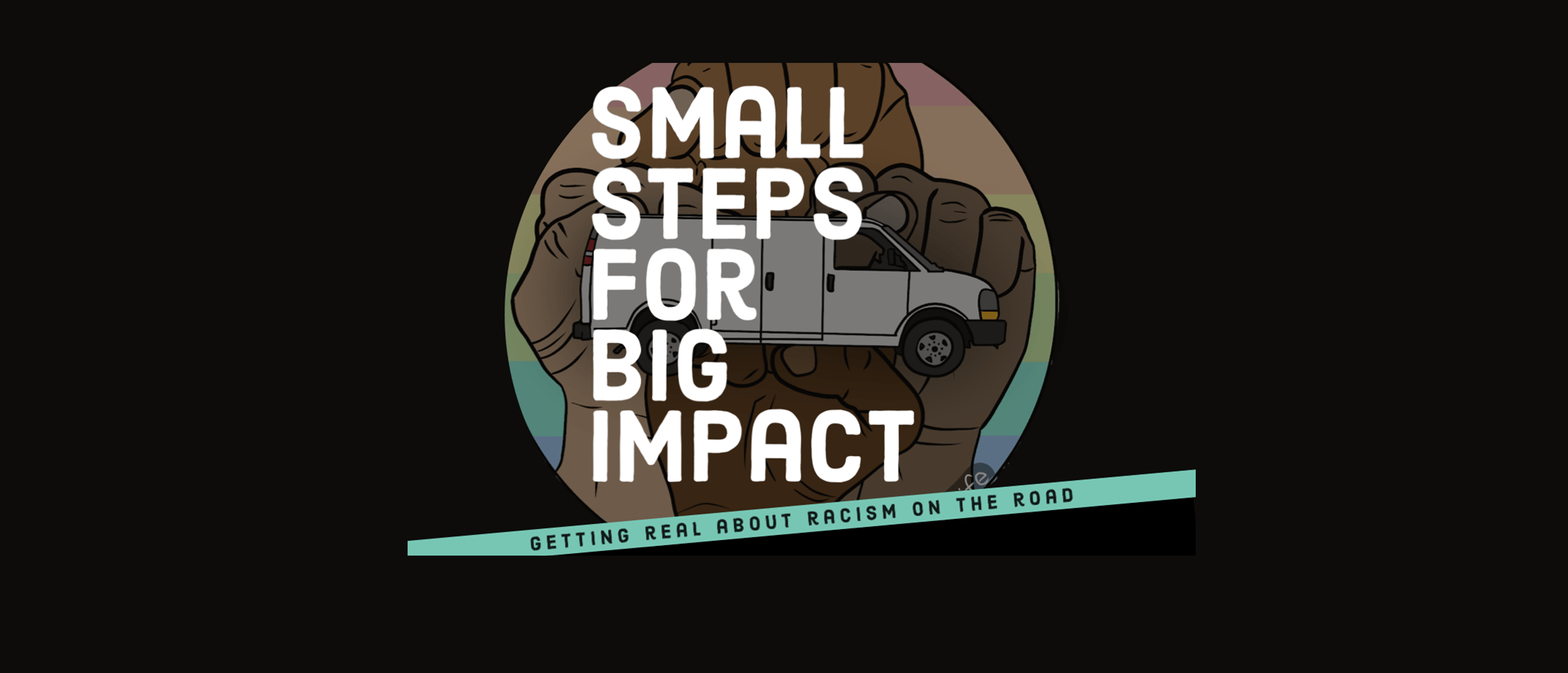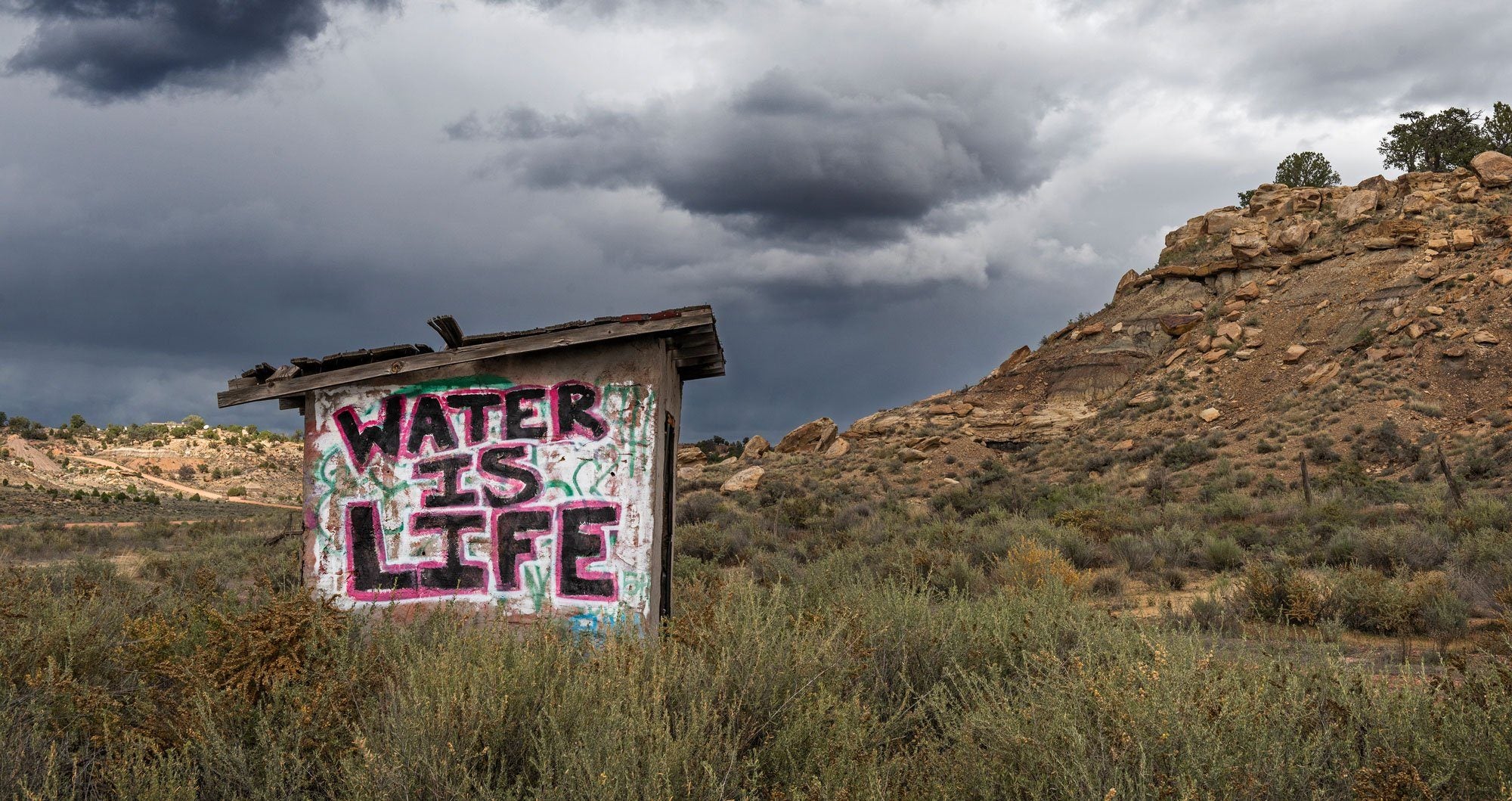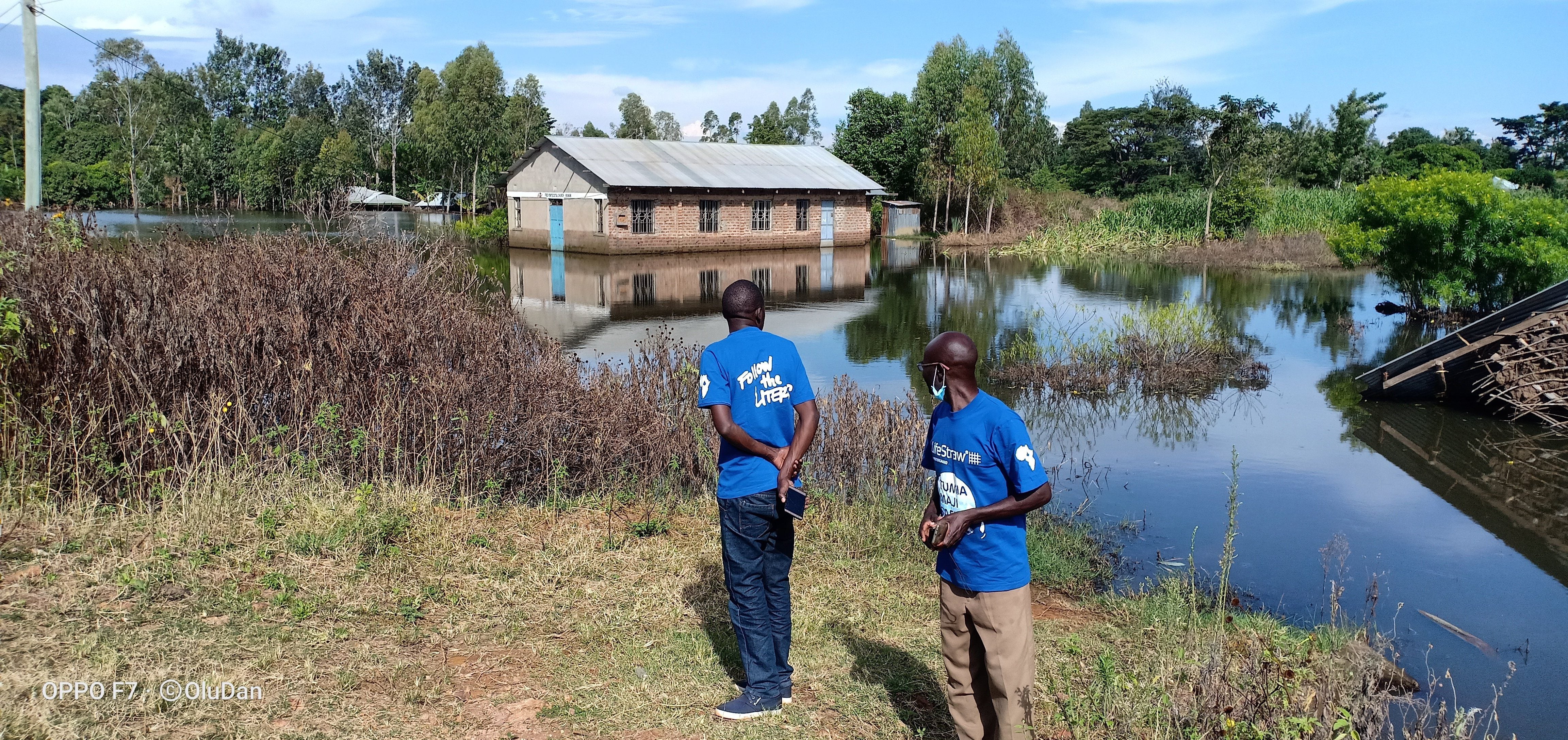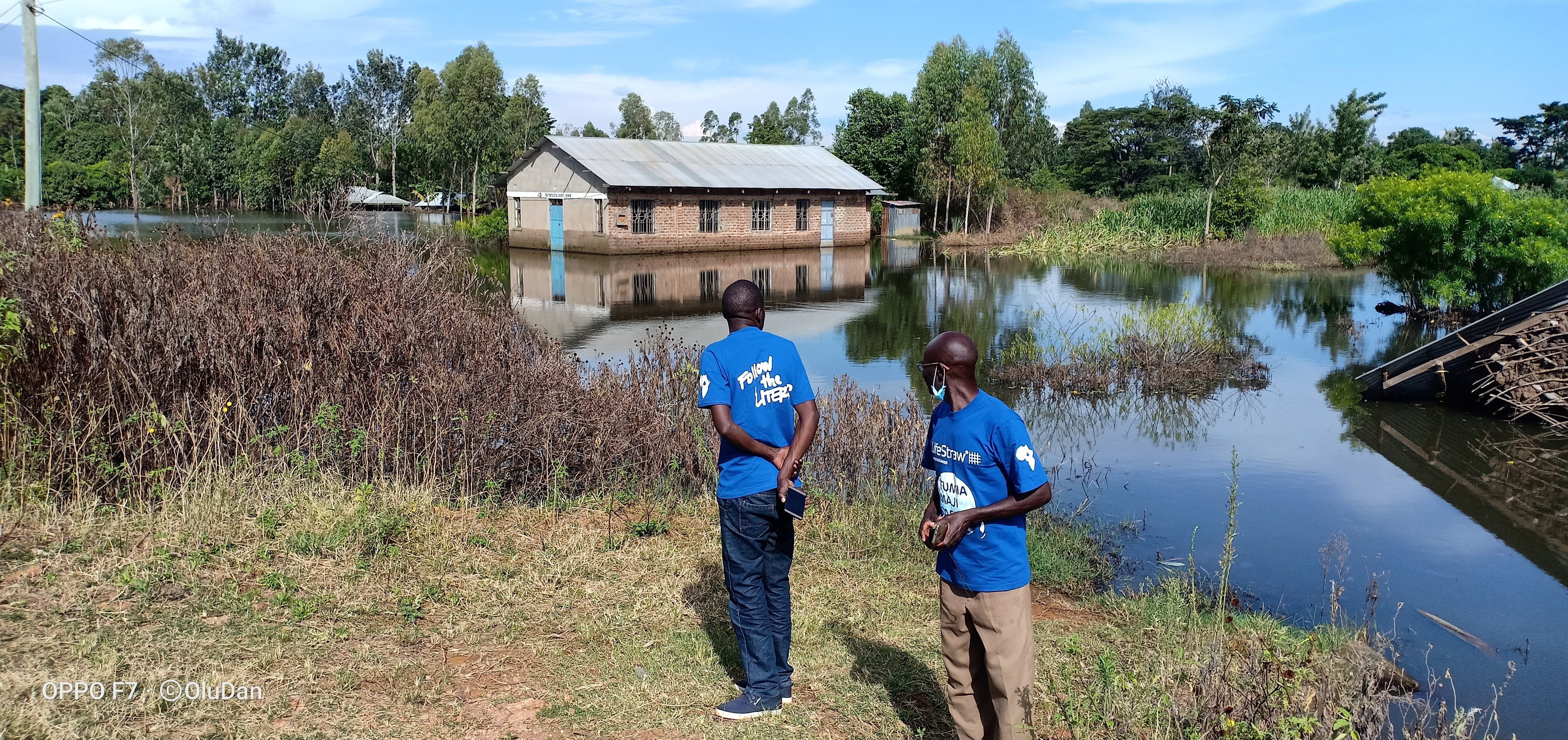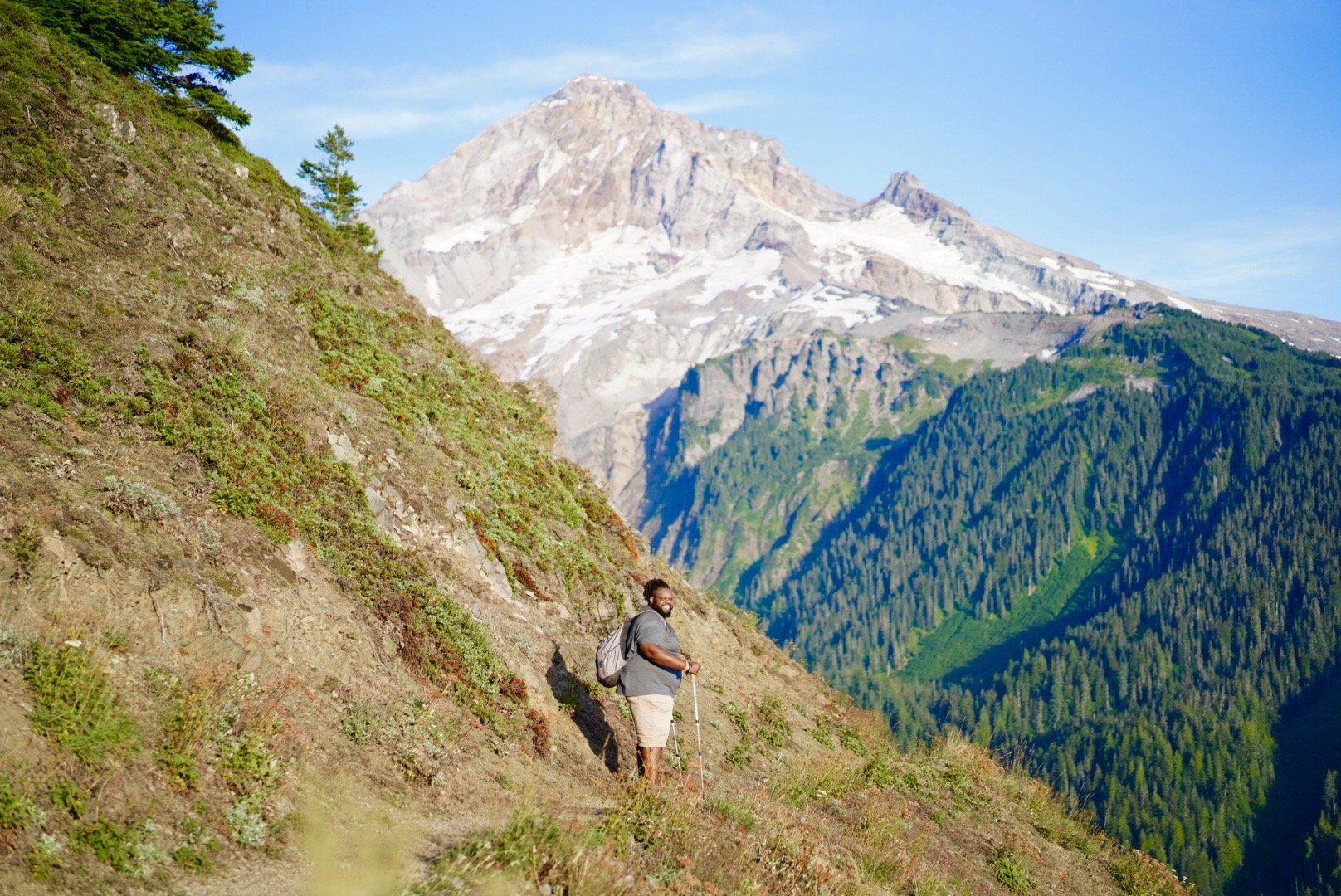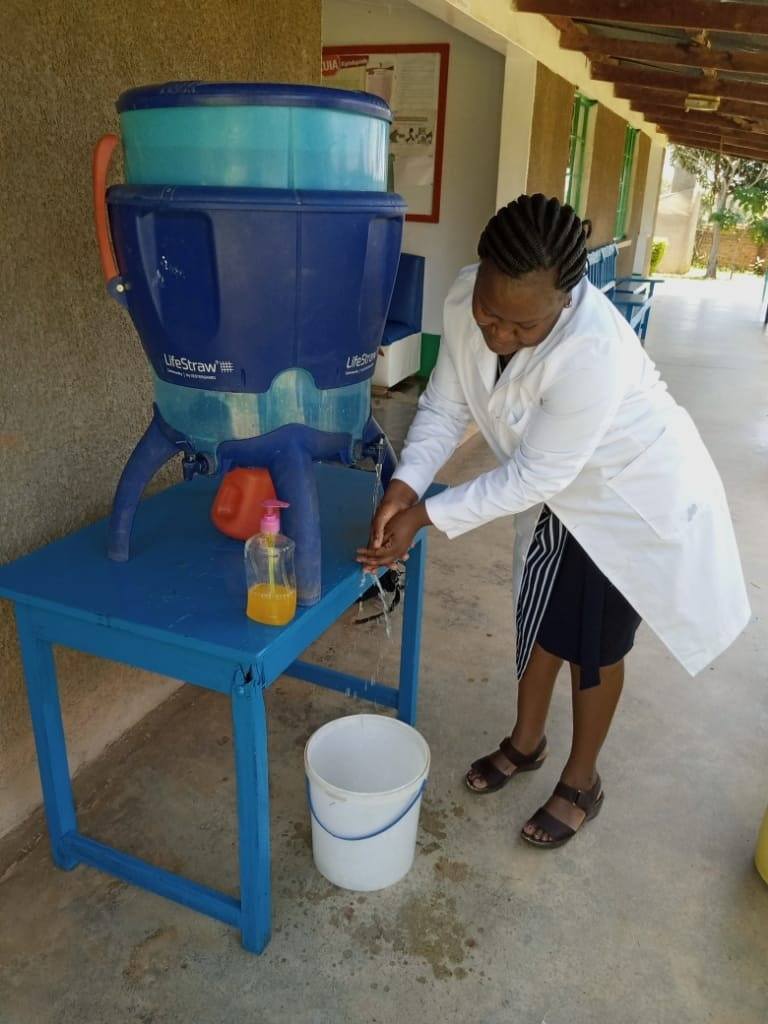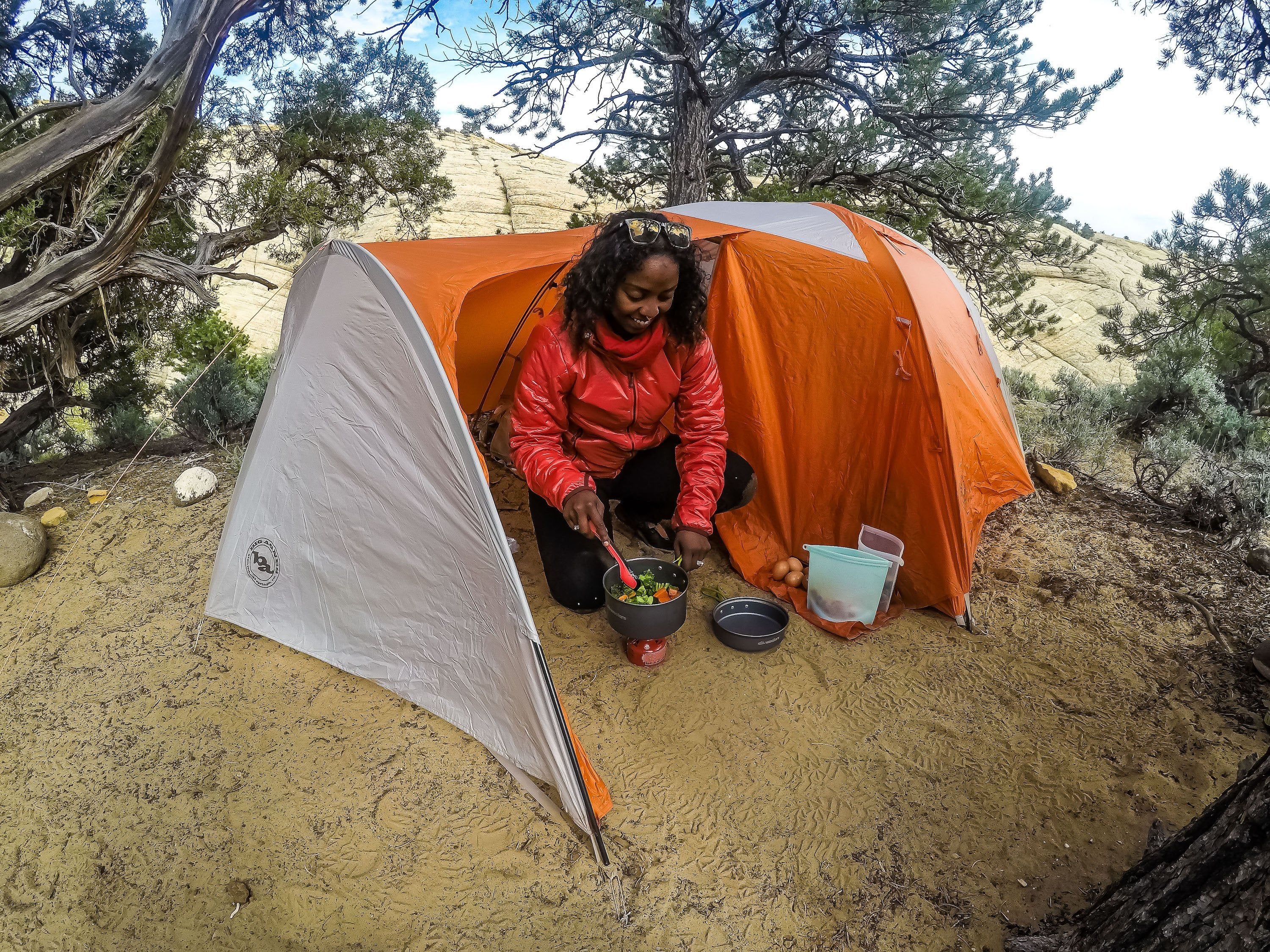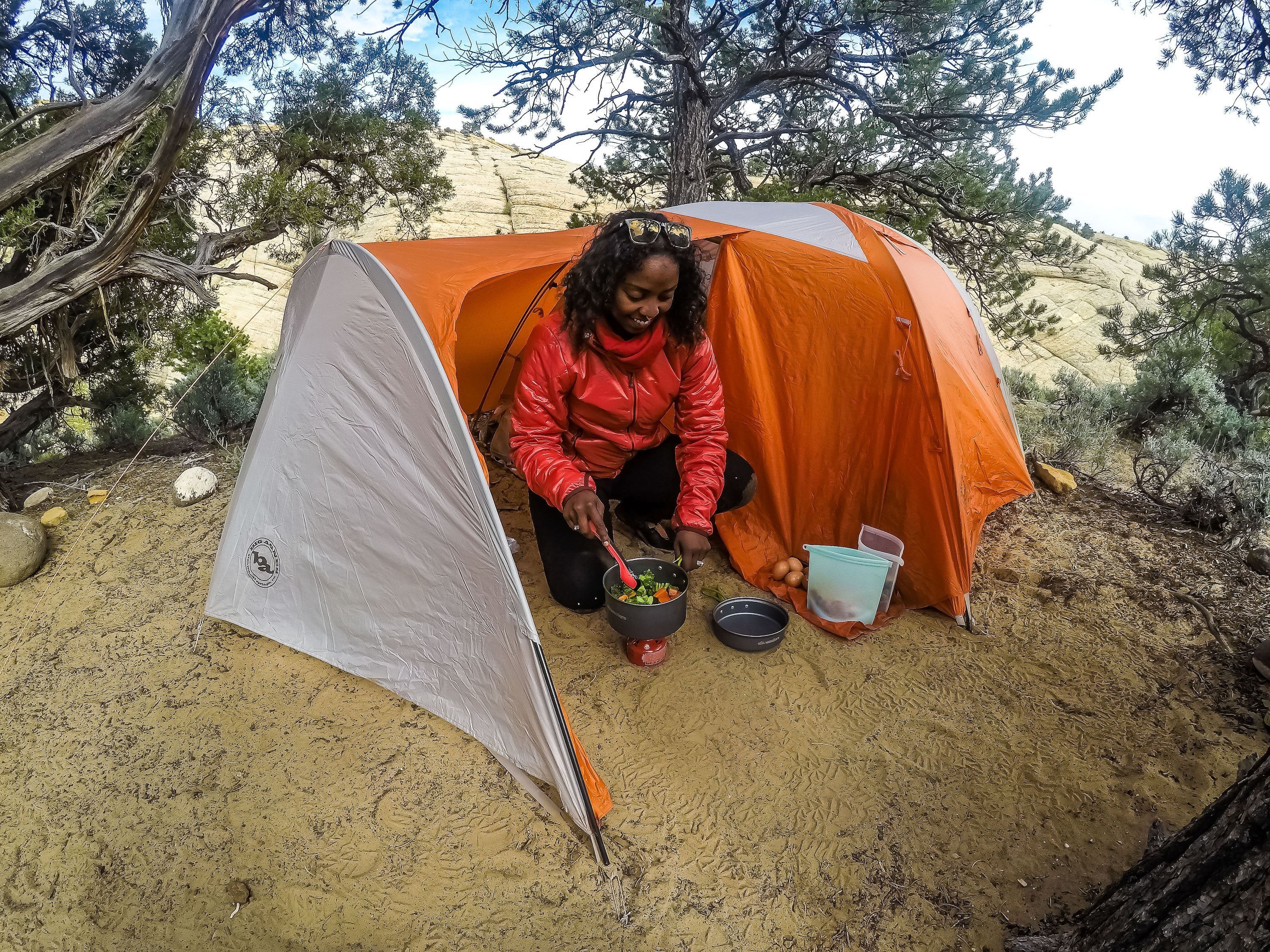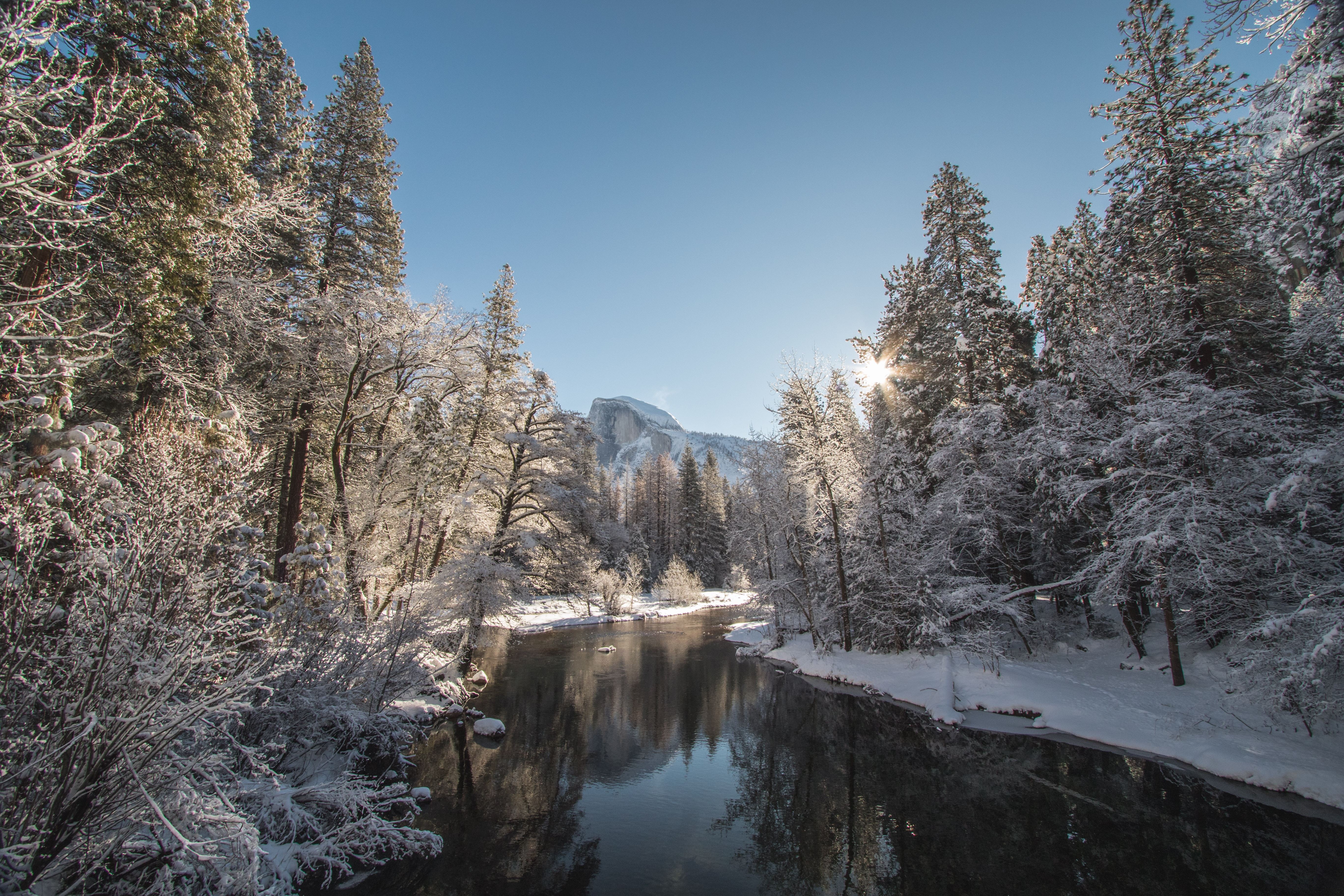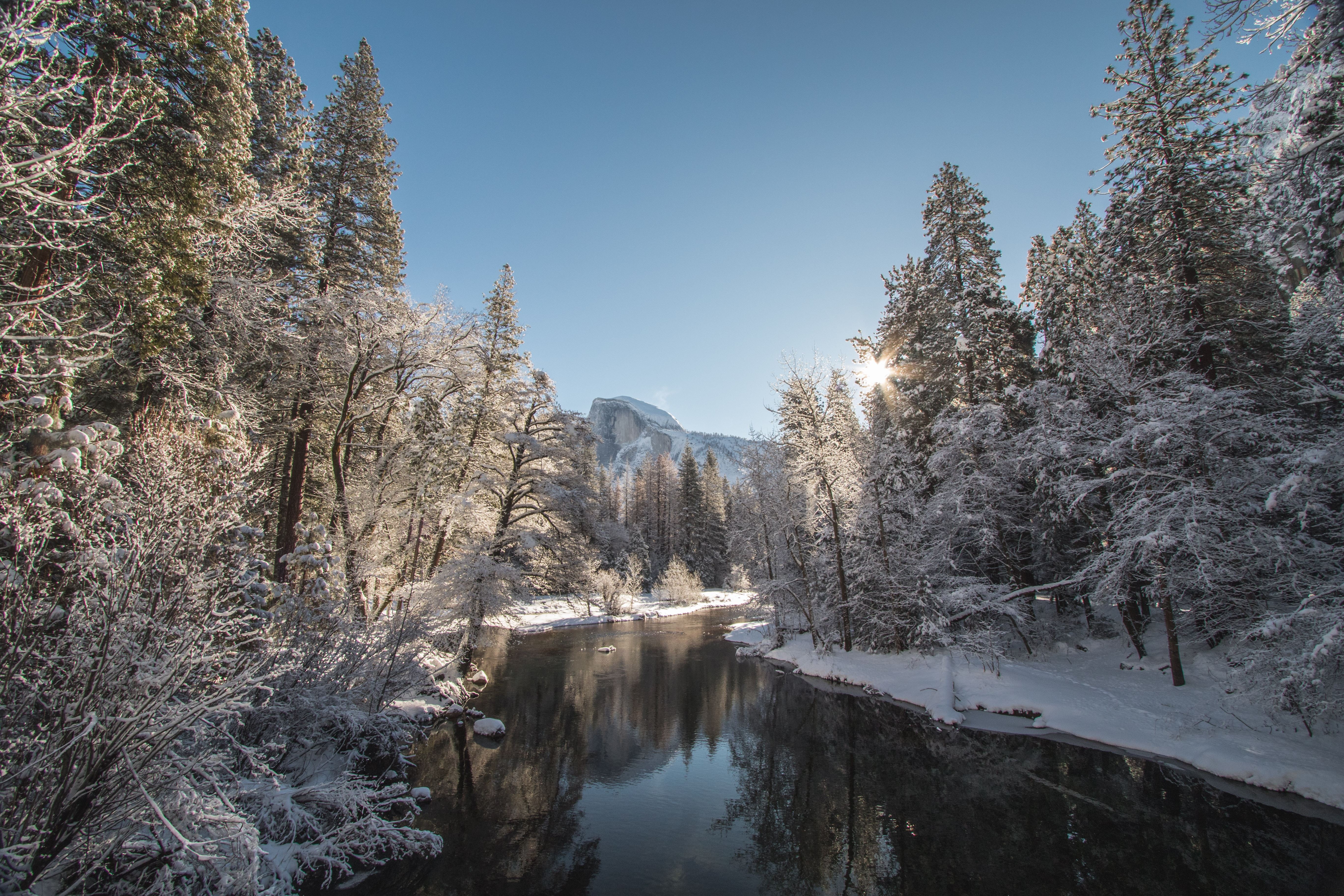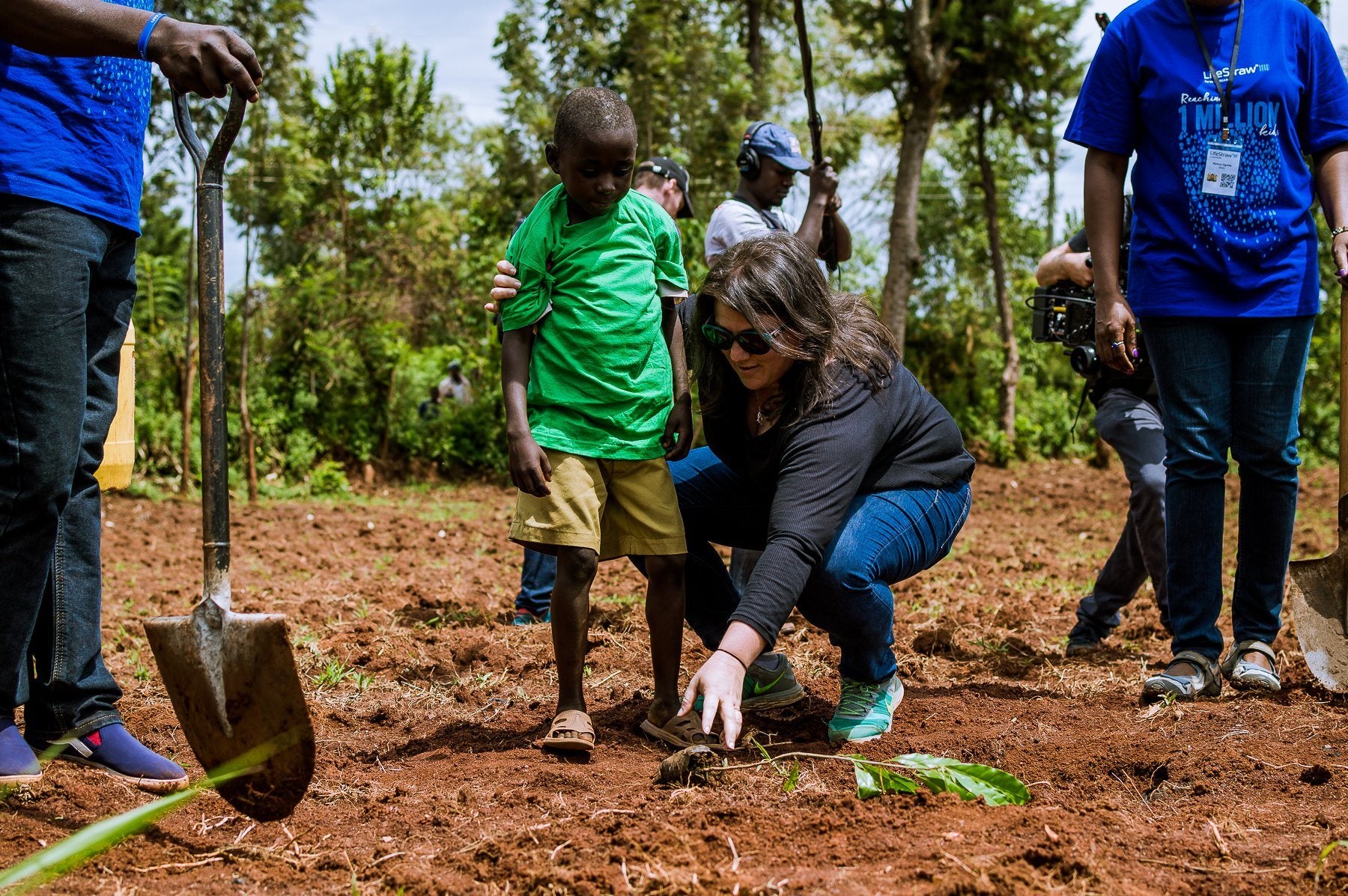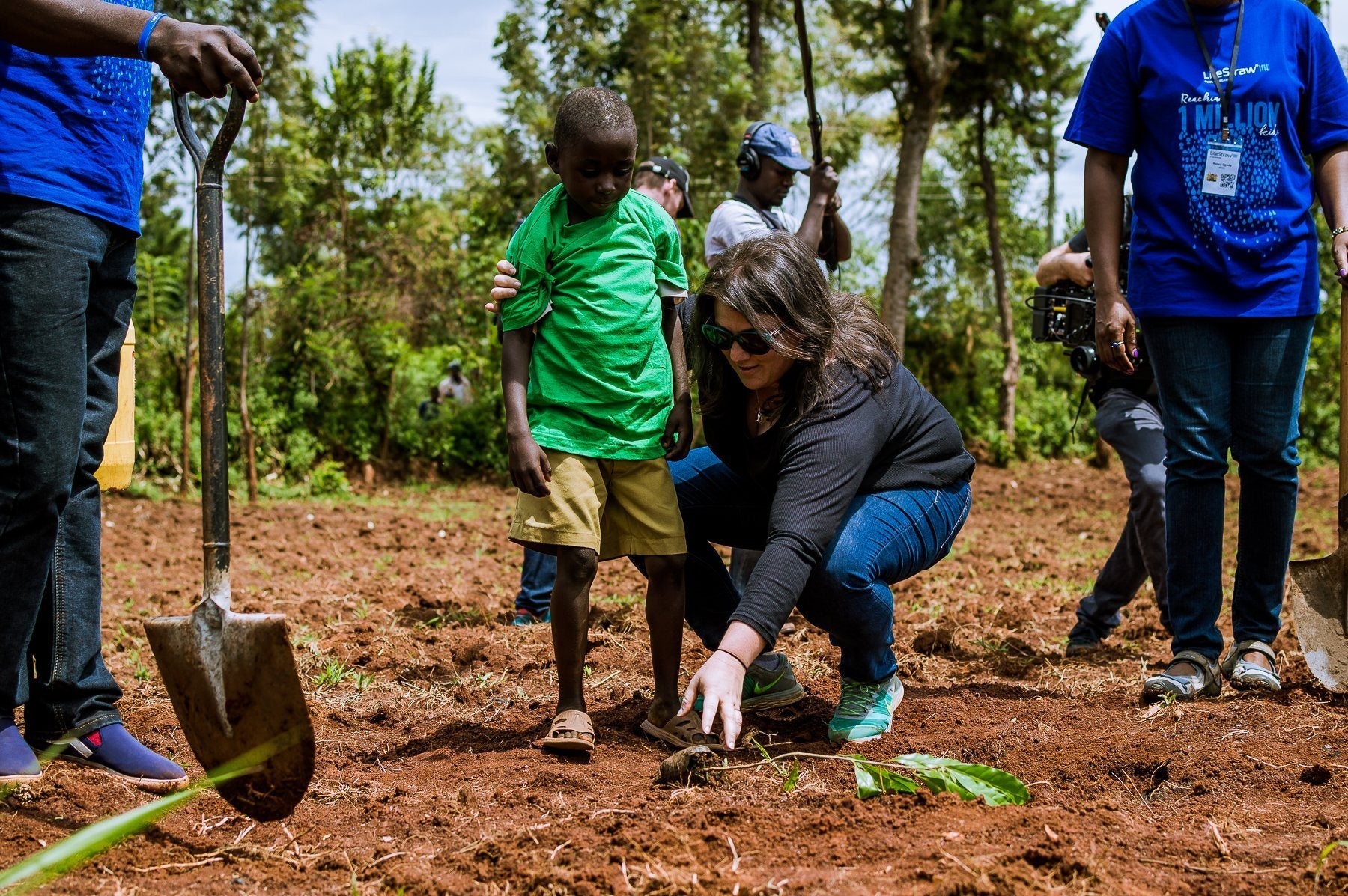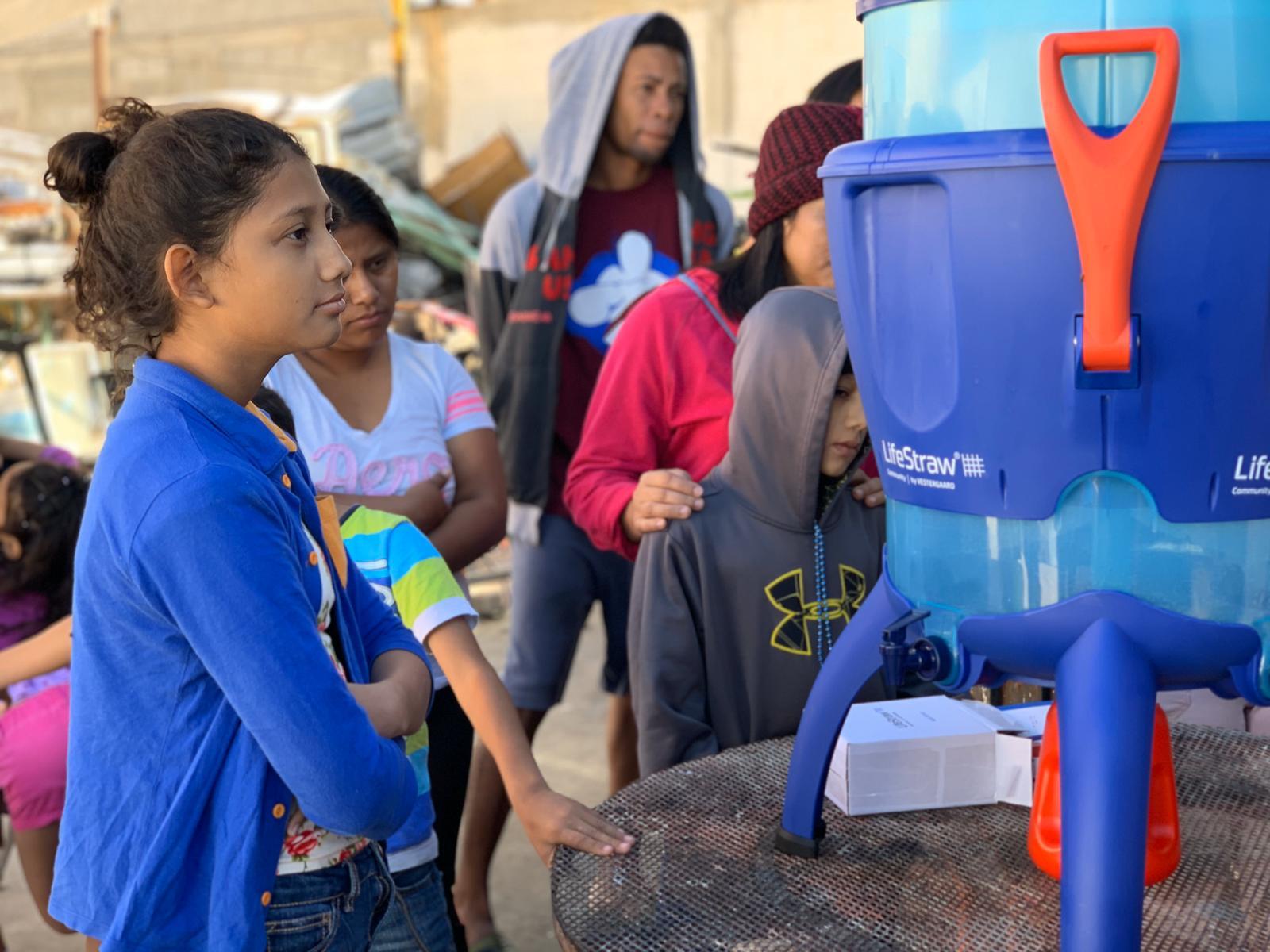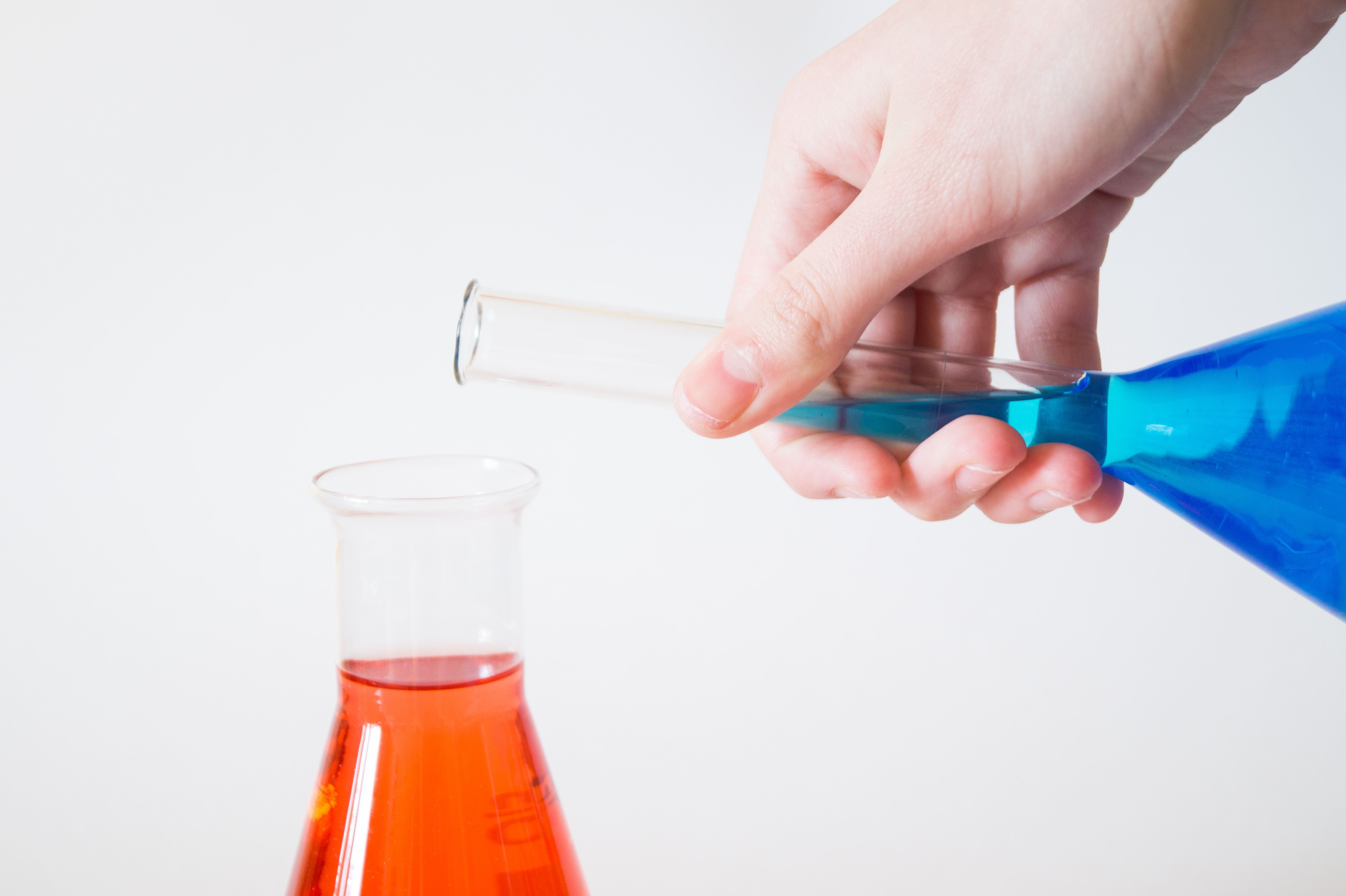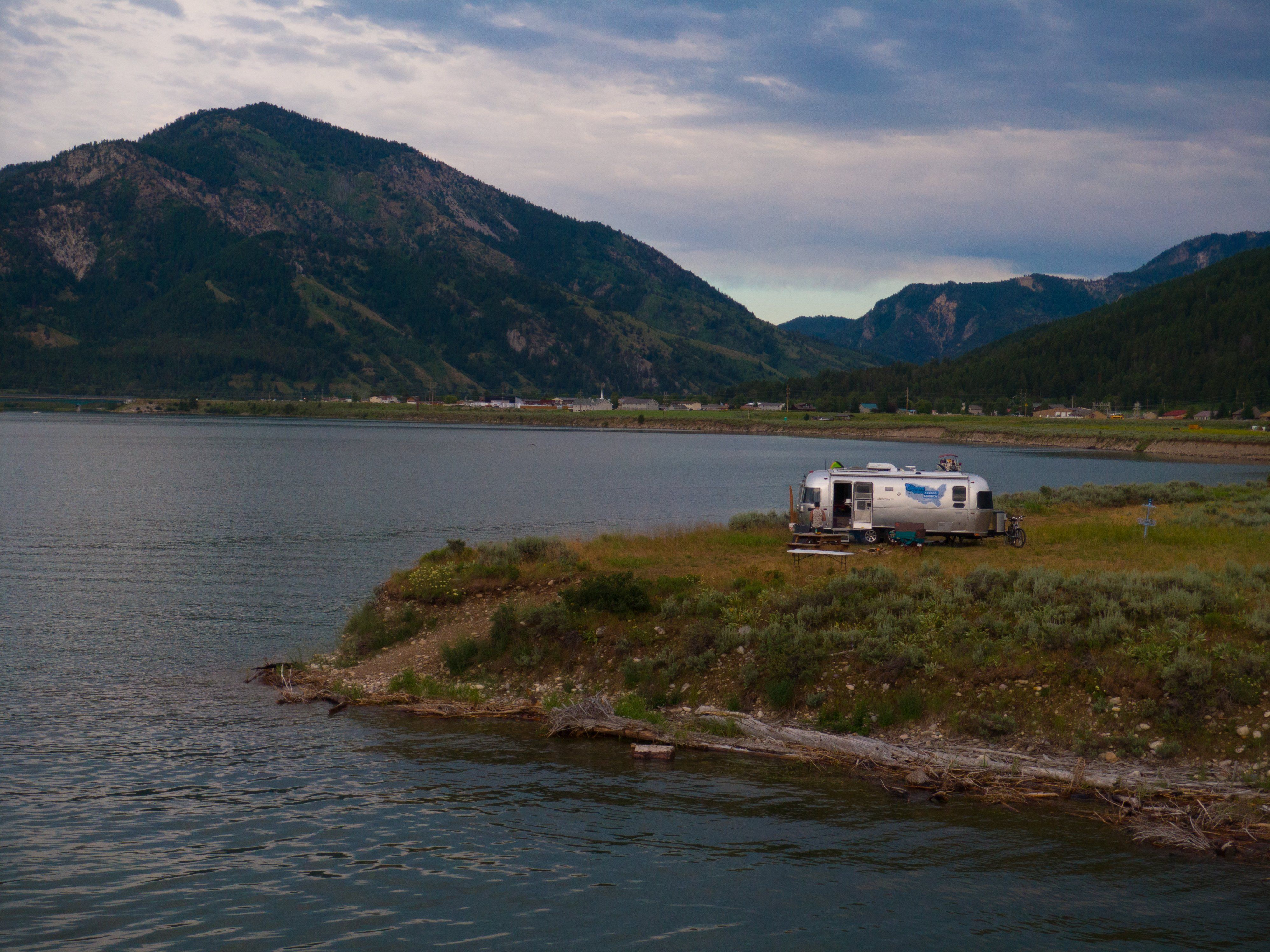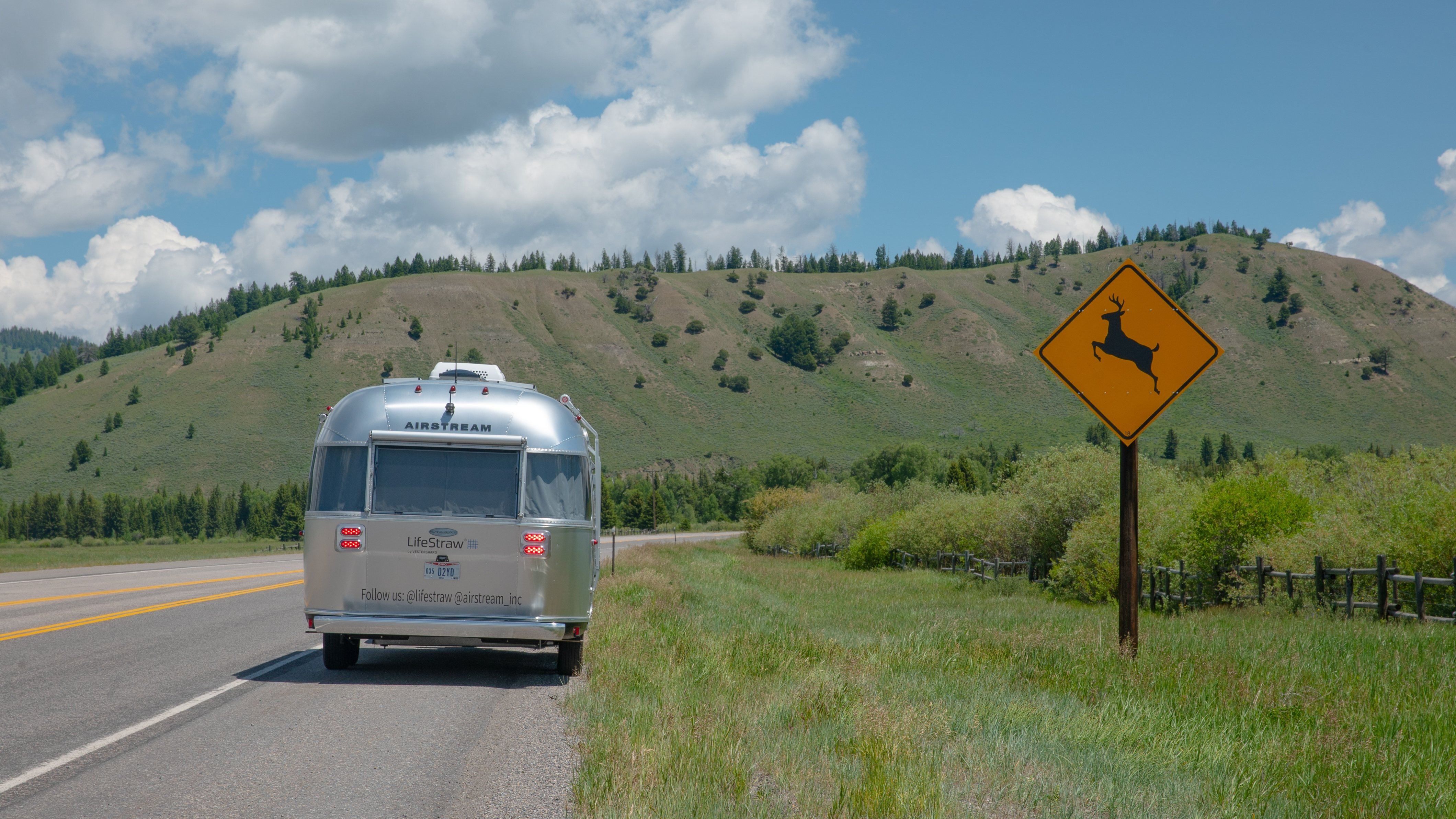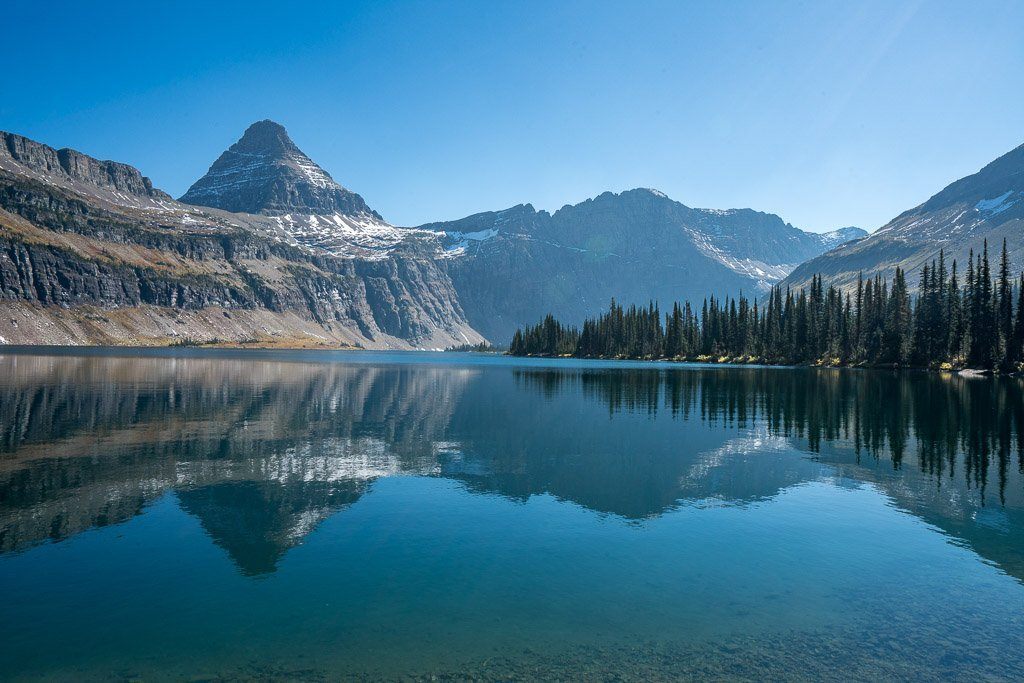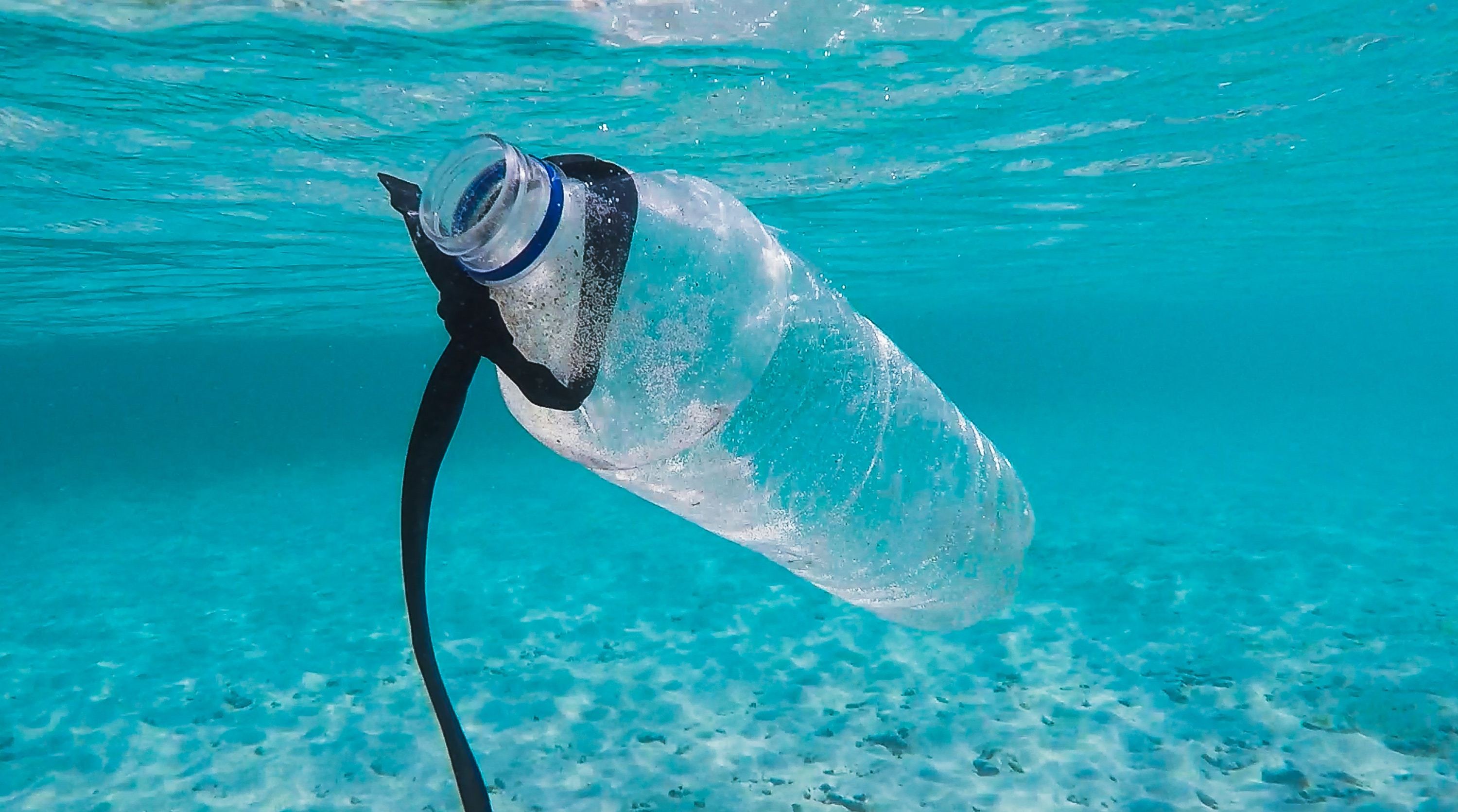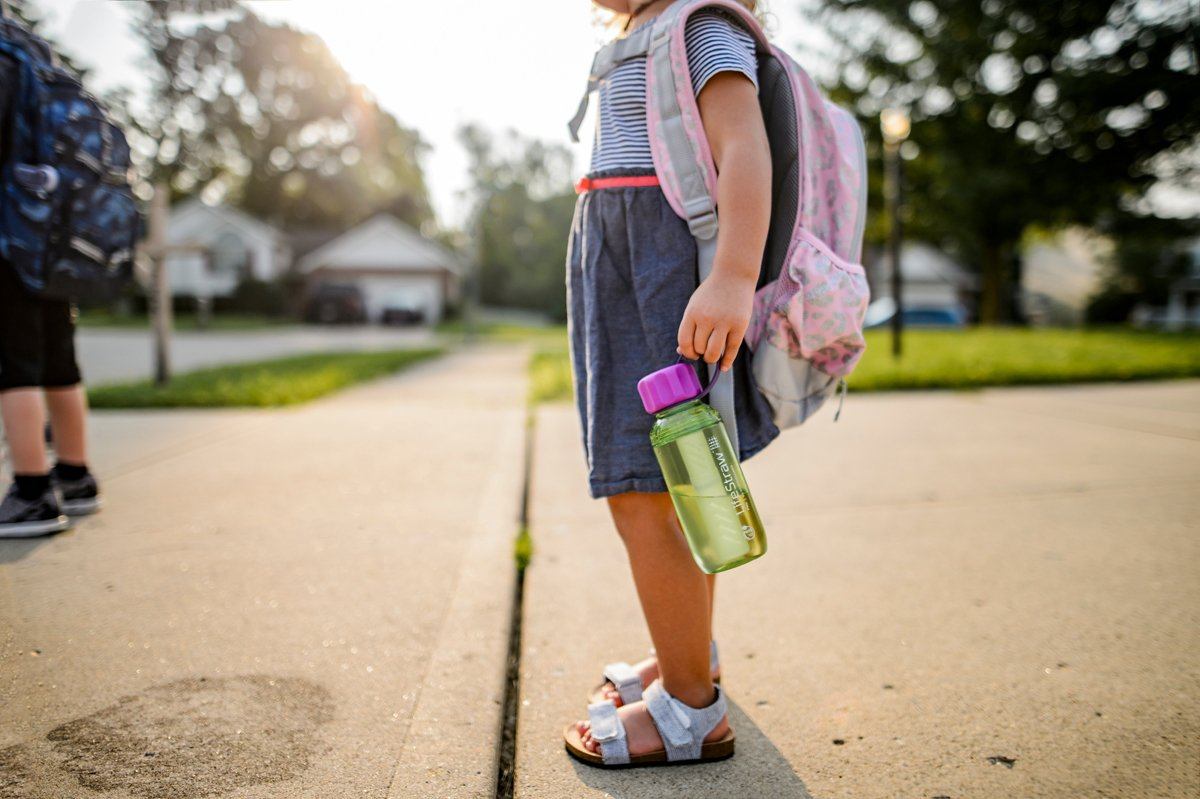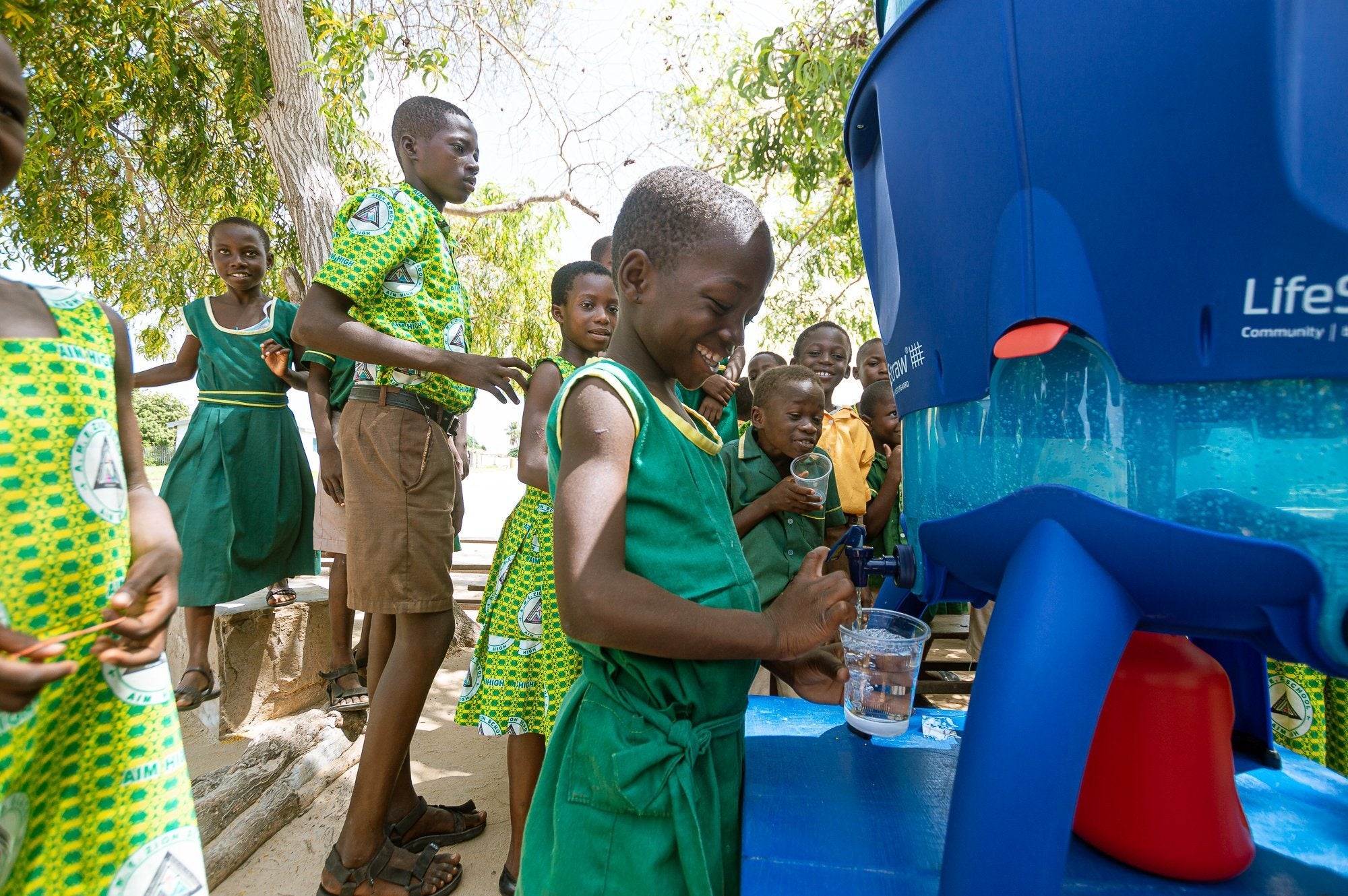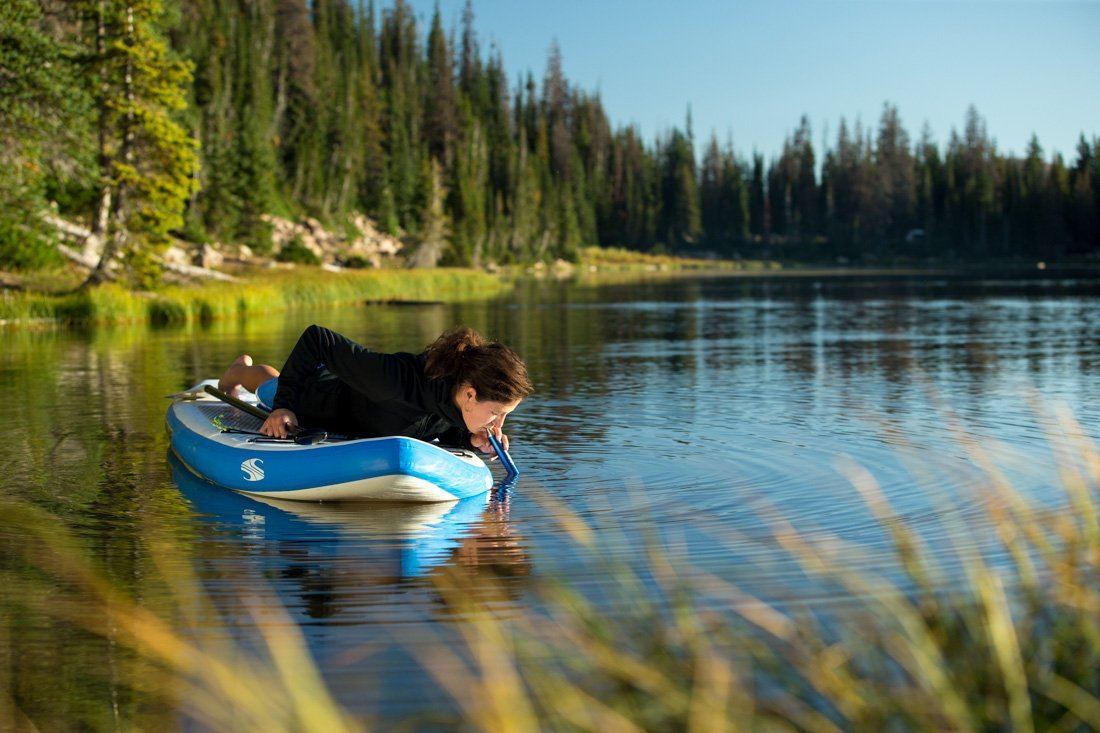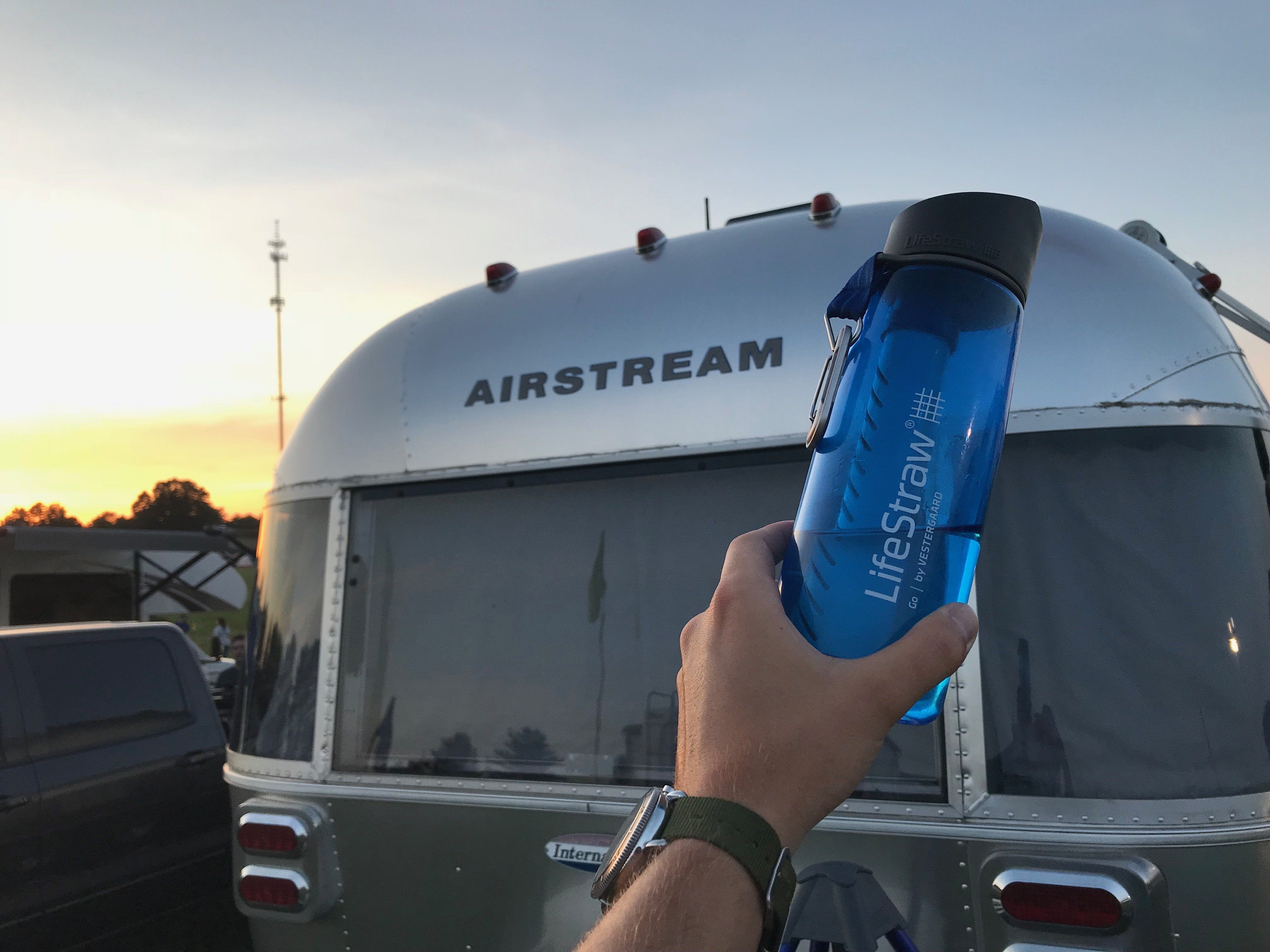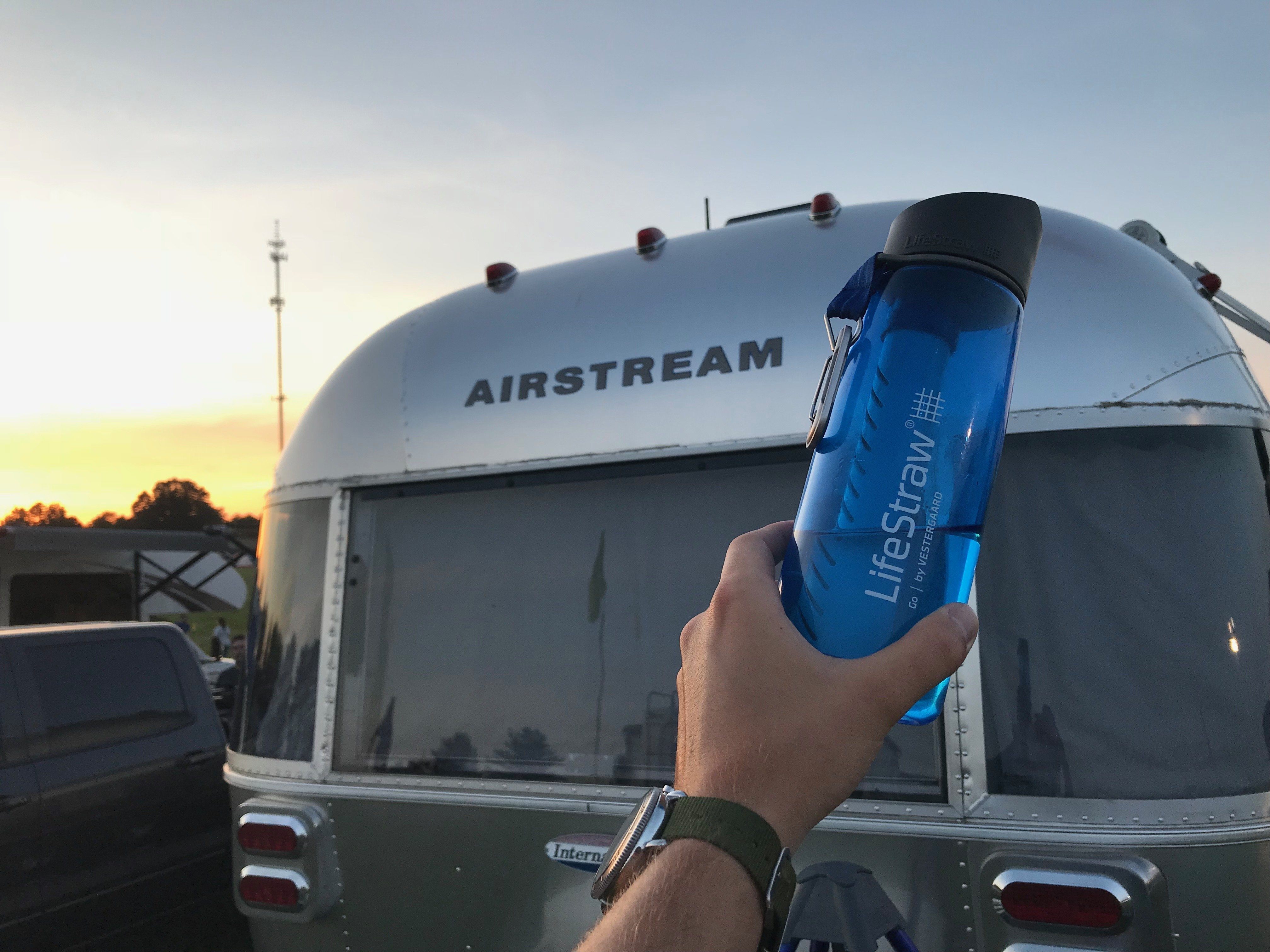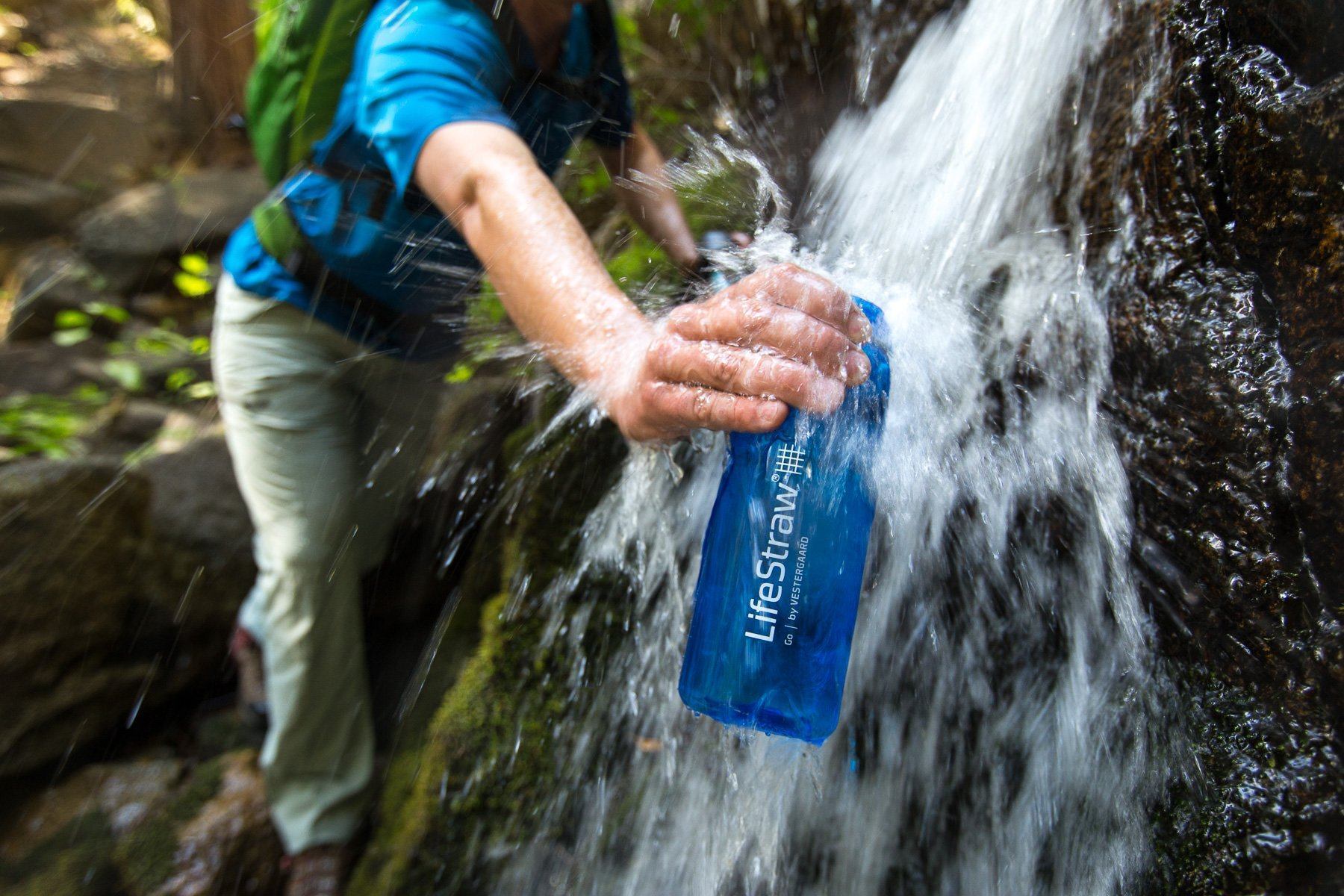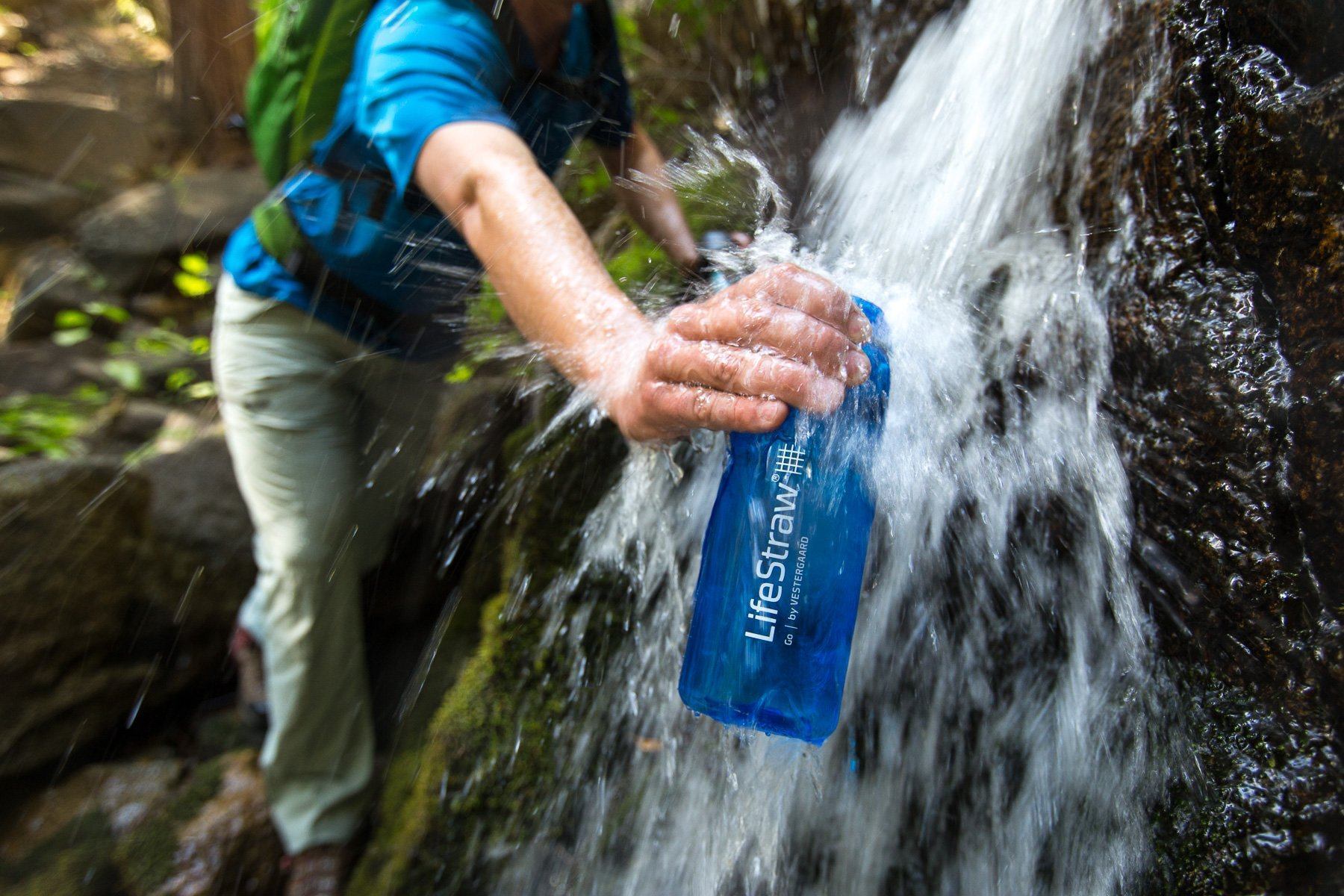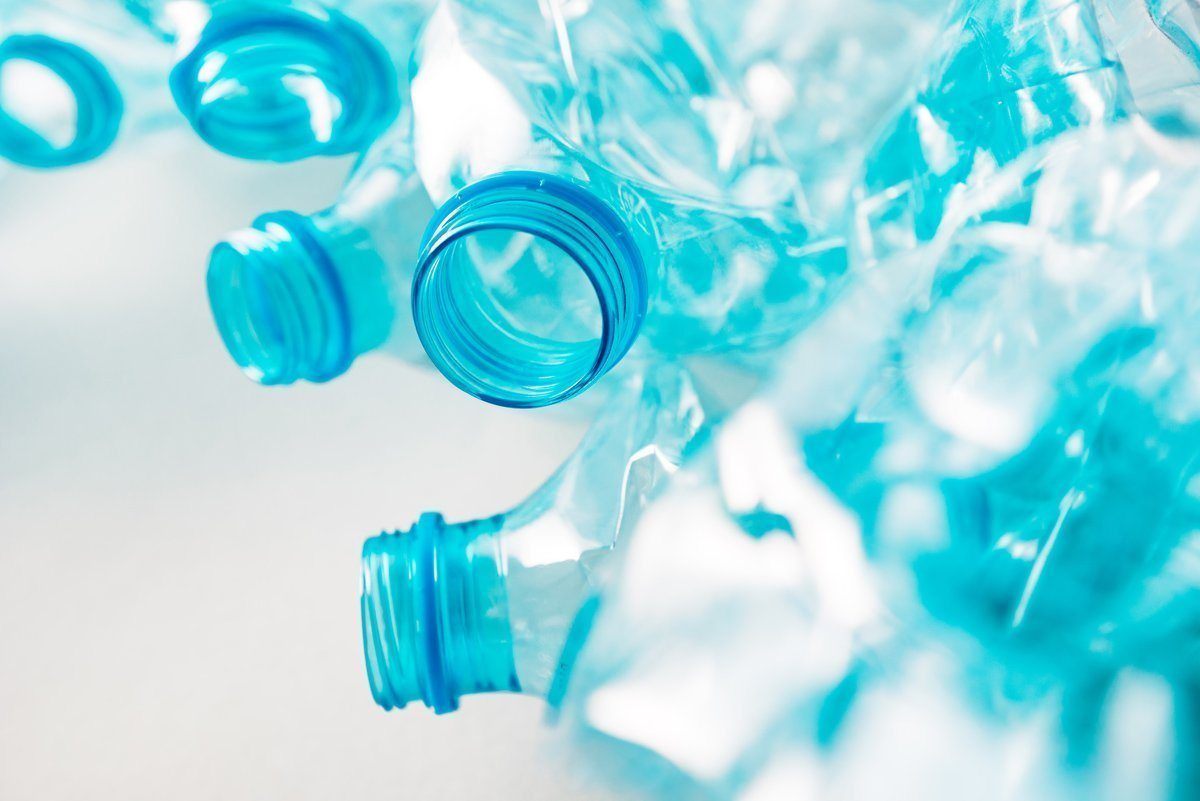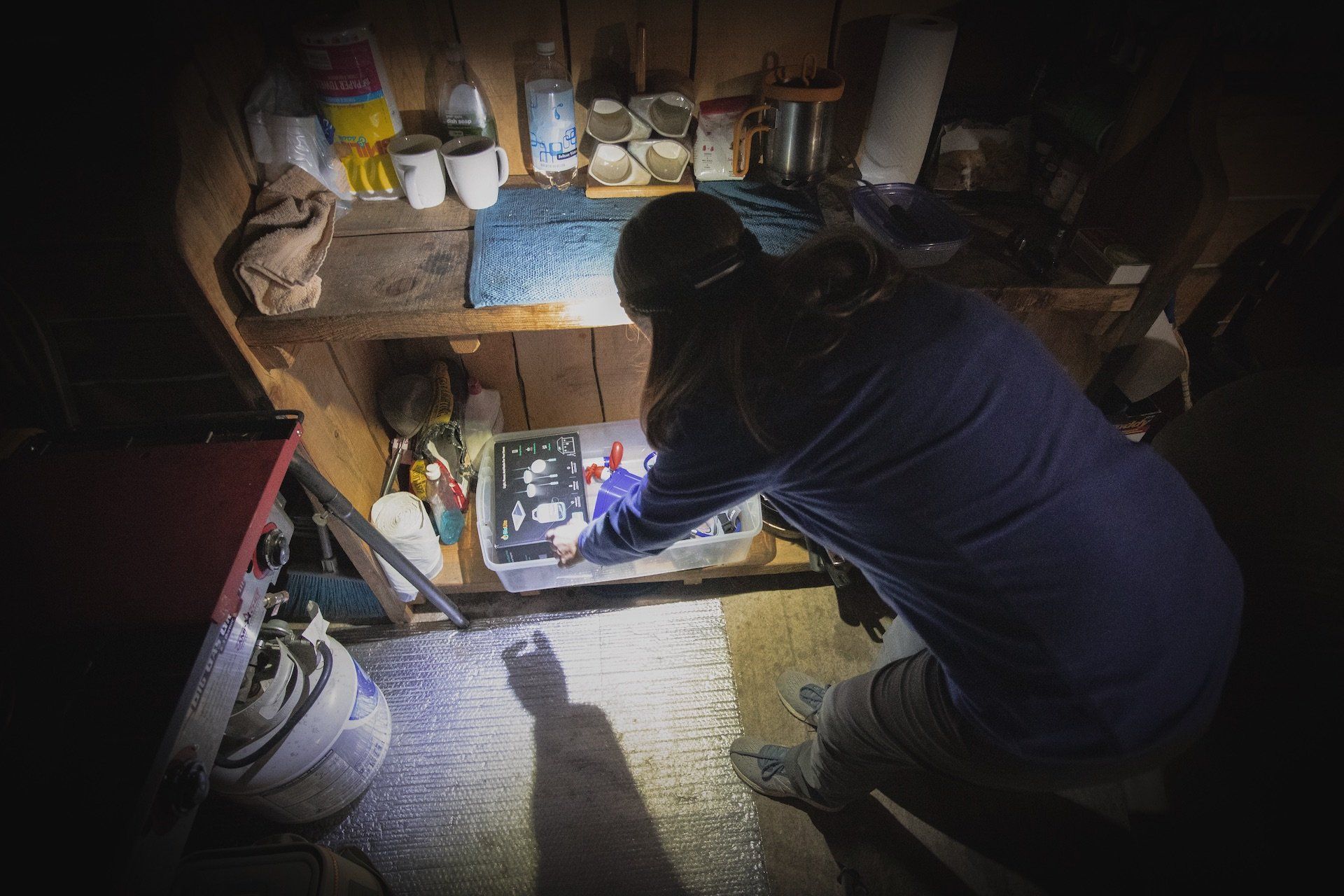
Prepping for emergencies: 10 things to build a lightweight, no-expiration disaster kit
September 20, 22
As natural disaster season looms, it is crucial to be prepared.
Here is our team’s guide to building the ultimate no-expiration emergency preparedness kit. We’ve combined our own favorites with recommendations from the experts:
1. Stay Hydrated:

We know we’re biased, but seriously, access to clean drinking water is a top priority and may be difficult to find during natural disasters. While it’s good to have a few gallons on hand (about a 3-day supply), for long-term protection and less pack weight, invest in personal water filtration product, like LifeStraw.
For your Go Bag: The original LifeStraw is a personal filtration device that is durable, weighs only 2 ounces, and is easy to store. It can filter out parasites, bacteria, and microplastics so that you can drink from any nearby river or body of water. This product has no expiration date and lasts for up to 1,000 gallons of water so you could use it for approximately 5 years of continuous individual drinking.
For groups and shelters: The LifeStraw Family 1.0 and LifeStraw Mission both provide larger capacity gravity powered purification and remove viruses in addition to bacteria, parasites and microplastics. The LifeStraw Mission is a compact and lightweight 12 L roll bag purifier, while the LifeStraw Family 1.0 consists of a 2L bucket with purification cartridge.
2. Stay healthy:
Anything can happen during a disaster. To stay safe and deal with injuries, make sure you store a First Aid Kit in your emergency pack or bug out bag. There are a variety of kits you can buy already assembled. Things to look out for to know you are getting a legit kit: surgical tape, skin glue, ace wraps, diphenhydramine (Benadryl), hydrocortisone cream, antibiotic ointment, plenty of bandages, gauze rolls, and lots more, and it should be either OSHA or ANSI compliant. Also make sure to have any extra critical medications on hand in your kit or ready to go.
3. Breath Healthy:
Make sure you include a respirator in your kit so you can filter out contaminated air during a wildfire or other disaster. Not all masks are created equal - we recommend masks with an N95 rating.
4. Stay Fed:
Pack non-perishable, protein-rich food. For lightweight options, try packing protein bars, dried fruit, beef jerky, or mixed nuts. For ready-to-eat no-expiration meals, backpacking options are an excellent choice and easily packable. Consider these recommendations from Wirecutter for a selection of the best testing dehydrated foods. Pack at least a 3 day supply (3, 5, 8).
5. Stay handy:
Mutli-purpose tools are great to have on hand for everything from building a shelter to opening a can of food or shutting off a gas leak. Make sure you have a separate one for your one for your emergency pack so you are not tempted to borrow it from your kit every time you go on a hike or have a mini-home improvement project. Our favorite? The customizable Leatherman Signal. But any tool will do - just make sure it has a knife, screwdriver head, pliers, and a can opener!
6. Stay sheltered:
Pack a foldable tent or shelter in your emergency kit for times you need to get out of the house quickly. The Life Tent by Go Time Gear is a great option as its waterproof, windproof, and highly resistant to tears. It also reflects 90 percent of your body heat.
7. Stay informed:
Not just because you’ll be bored and need to listen to some tunes; a radio is a highly recommended essential for emergency situations. For when the grid no longer supports your iPhone X, a battery-powered or hand-cranked radio allows you to stay updated with weather alerts and other emergency updates. If located in the United States, the NOAA Weather Radio is useful for direct, 24-hour weather and natural disaster information (3, 5, 8). Each area of the country can access the NOAA on different frequencies, so make sure to look yours up and write it on your radio (there are 7 NOAA programs for the U.S. and Canada, all around 162 MHz) (13). The Kaito Emergency Radio KA580 has all 7 pre-programmed NOAA channels. It is light and also has a flashlight, SOS beacon siren, and a phone charging port (14).
8. Stay lit:
A quality light that is compact allows you to navigate in the dark, particularly during a power-outage. Try out Biolite’s solar-powered SunLight, it lasts up to 50 hours and is the size of a wallet. No batteries needed!
9. Stay on target:
Guys, Siri is not going to be able to help with driving directions during a disaster so you’re gonna have to get old school. Store a hand-held map of your area so you are able to navigate and locate disaster relief centers. Circle important and safe spots where there may be emergency relief shelters and bodies of water near you beforehand (3, 5, 8).
10. Stay Warm:
Emergency blankets are essential for staying warm and dry during natural disasters. The SOL Emergency blanket is one inexpensive, durable option. The bright orange exterior is easily spottable and heat reflective. Especially during the night, warm and waterproof blankets are great for staying safe and comfortable (9, 4).
This disaster season, be safe and don’t wait to put together your emergency survival kit. Put one together today and store it somewhere safe with easy and quick access.
REFERENCES
-
https://www.usnews.com/news/best-countries/slideshows/10-of-the-deadliest-natural-disasters-in-2018?slide=5
-
https://www.cdc.gov/healthywater/emergency/pdf/make-water-safe-H.pdf
-
http://templatelab.com/emergency-supplies-kit-checklist/
-
http://getreadyforflu.org/clocksstocks/clocks10essentialitems.htm
-
https://www.redcross.org/get-help/how-to-prepare-for-emergencies/survival-kit-supplies.html
-
https://www.fema.gov/media-library-data/1390846764394-dc08e309debe561d866b05ac84daf1ee/checklist_2014.pdf
-
https://www.ready.gov/build-a-kit
-
https://www.wunderground.com/prepare/disaster-supply-kit
-
https://www.emergencyfirstresponse.com/emergency-kits-and-disaster-preparedness-what-every-household-needs/
-
https://www.mayoclinic.org/first-aid/first-aid-kits/basics/art-20056673
-
https://ourworldindata.org/natural-disaster
-
https://www.firstforwomen.com/posts/non-perishable-food-159219
-
http://weatherradios.com/stations-and-frequencies
-
https://kaito.us/radios/emergency-radios/ka580ylw.html

